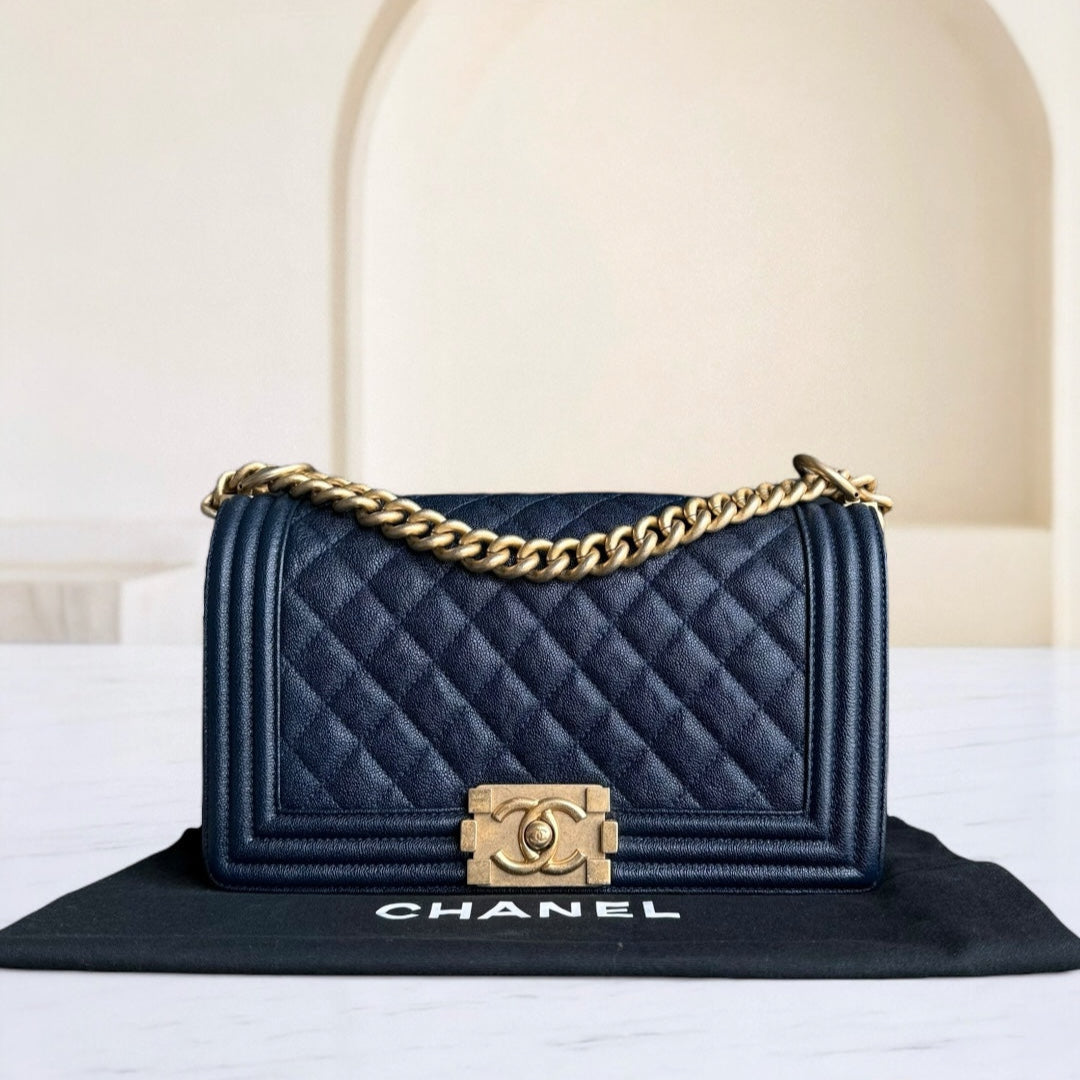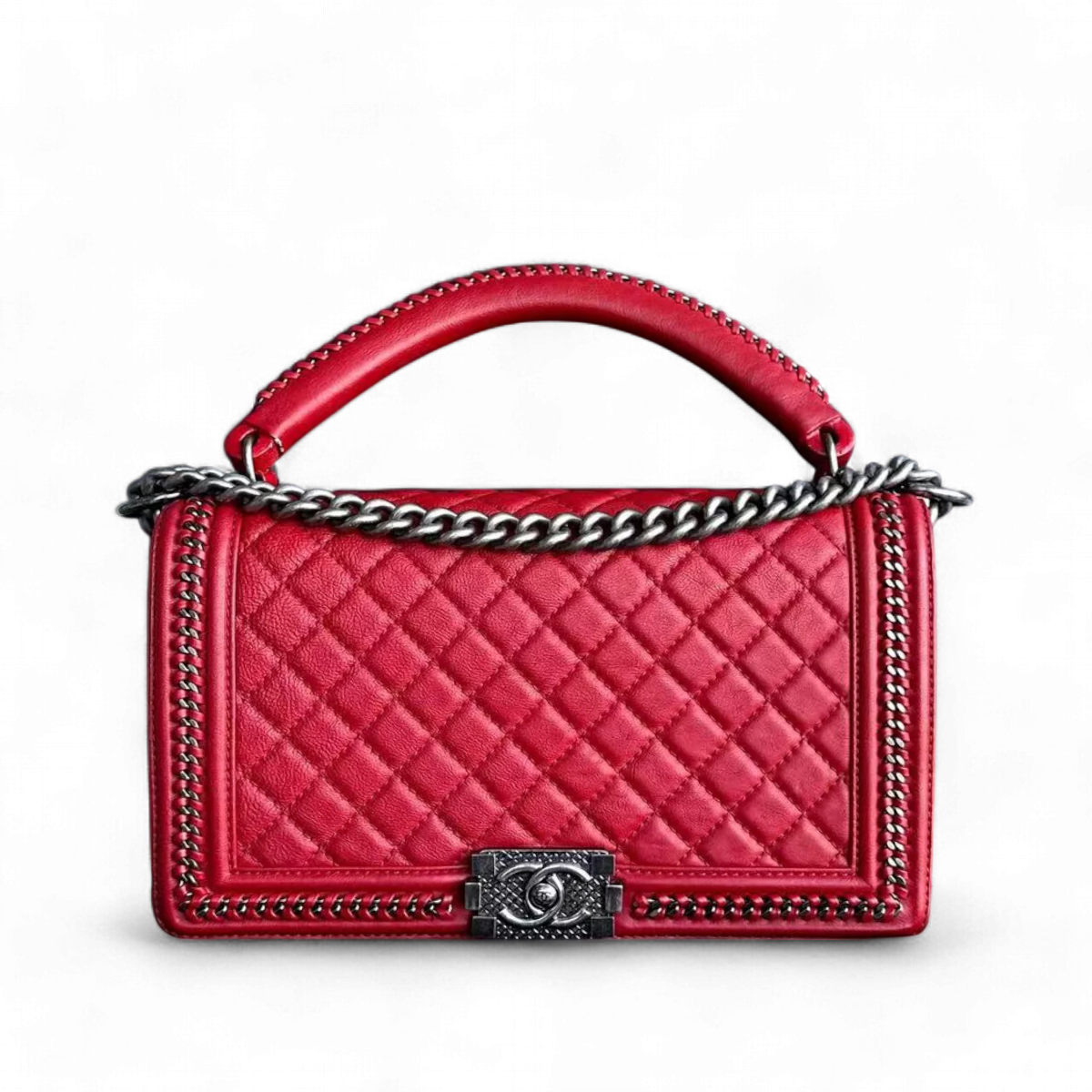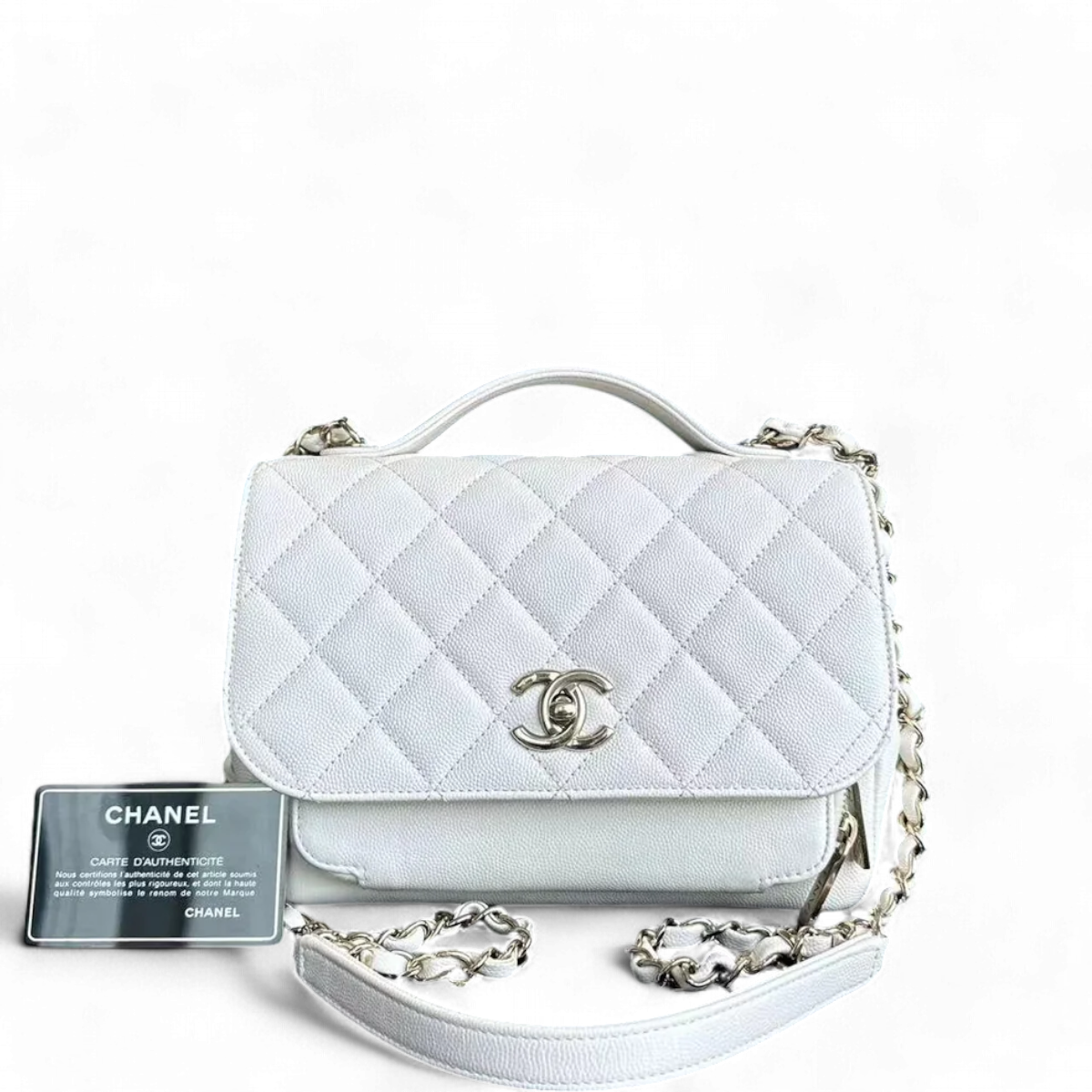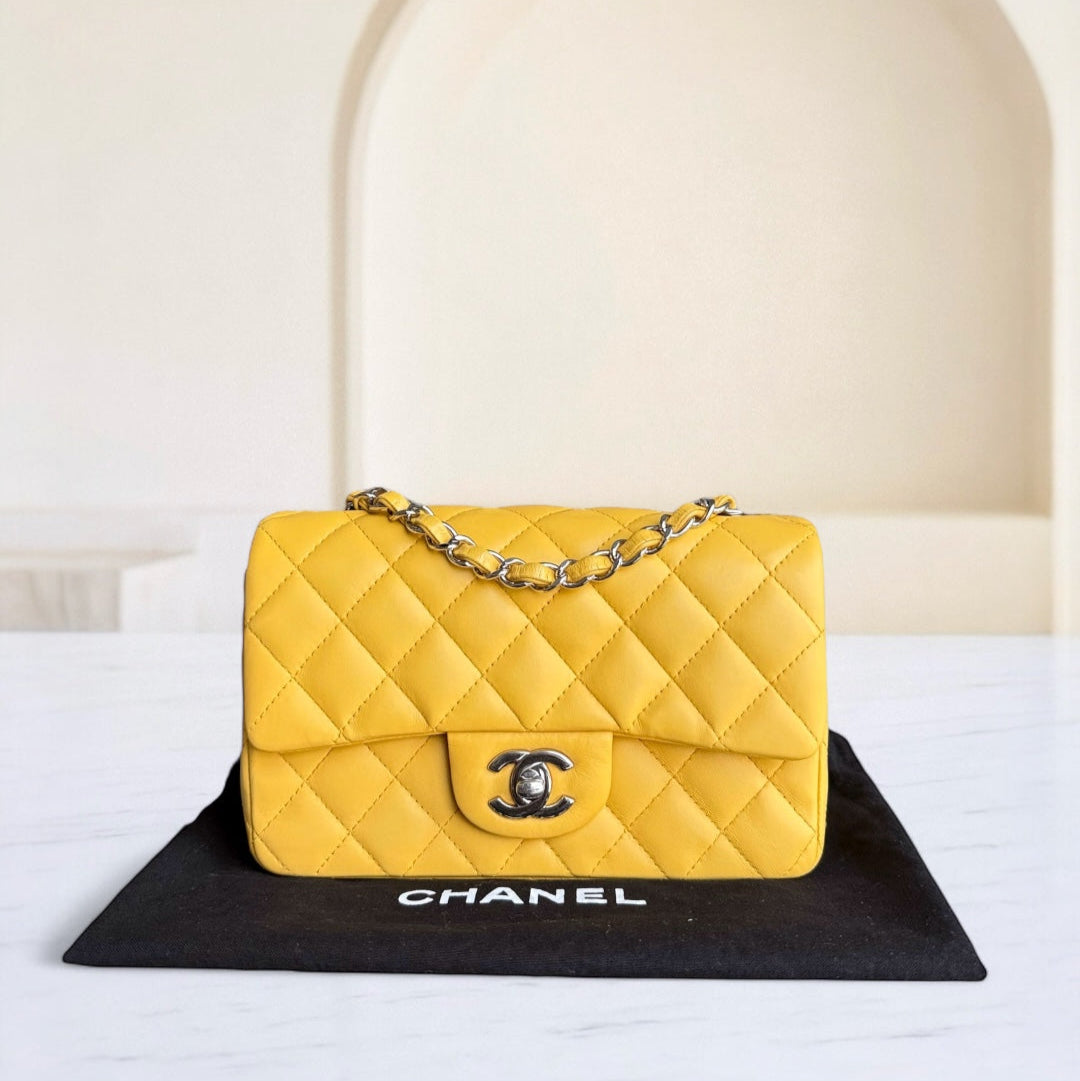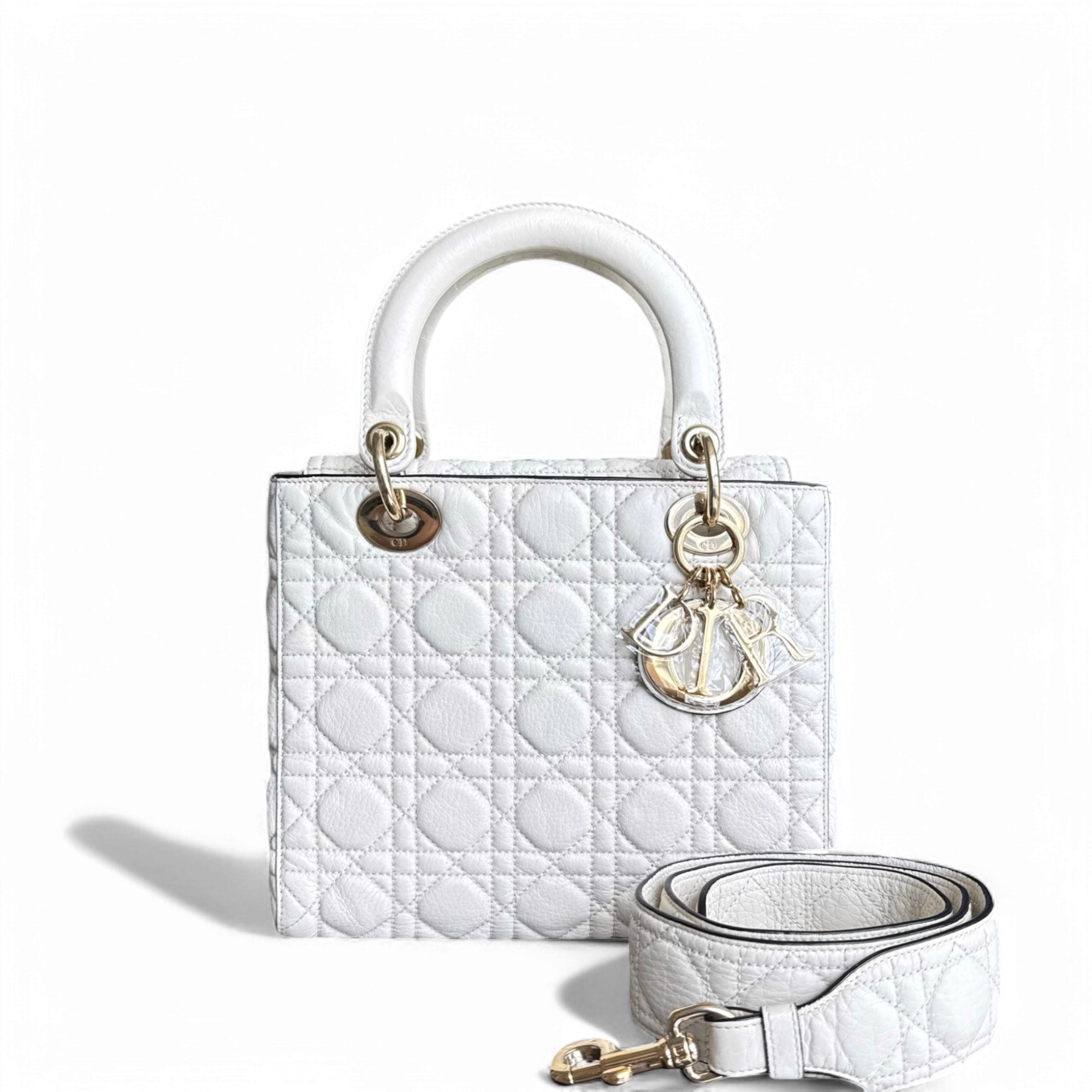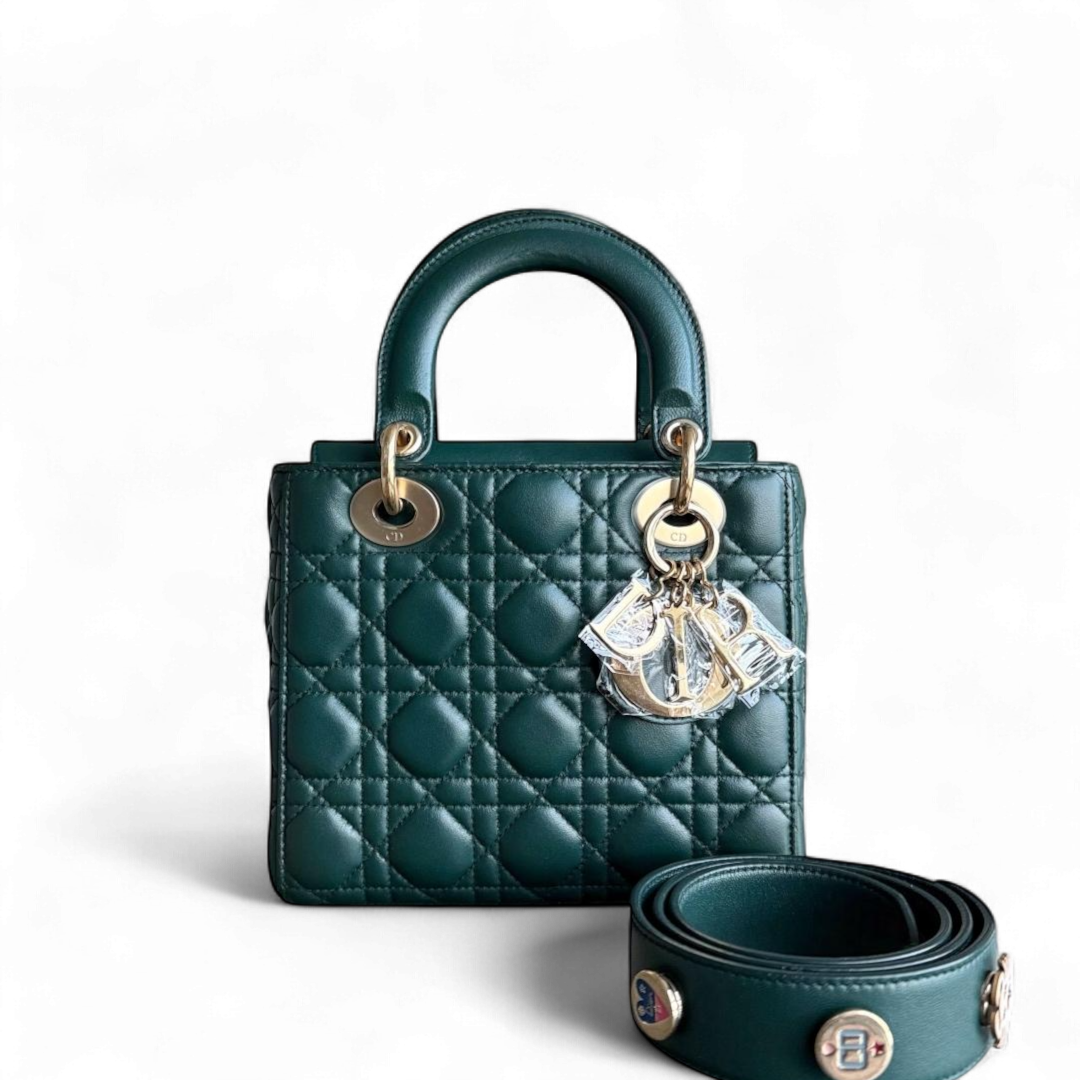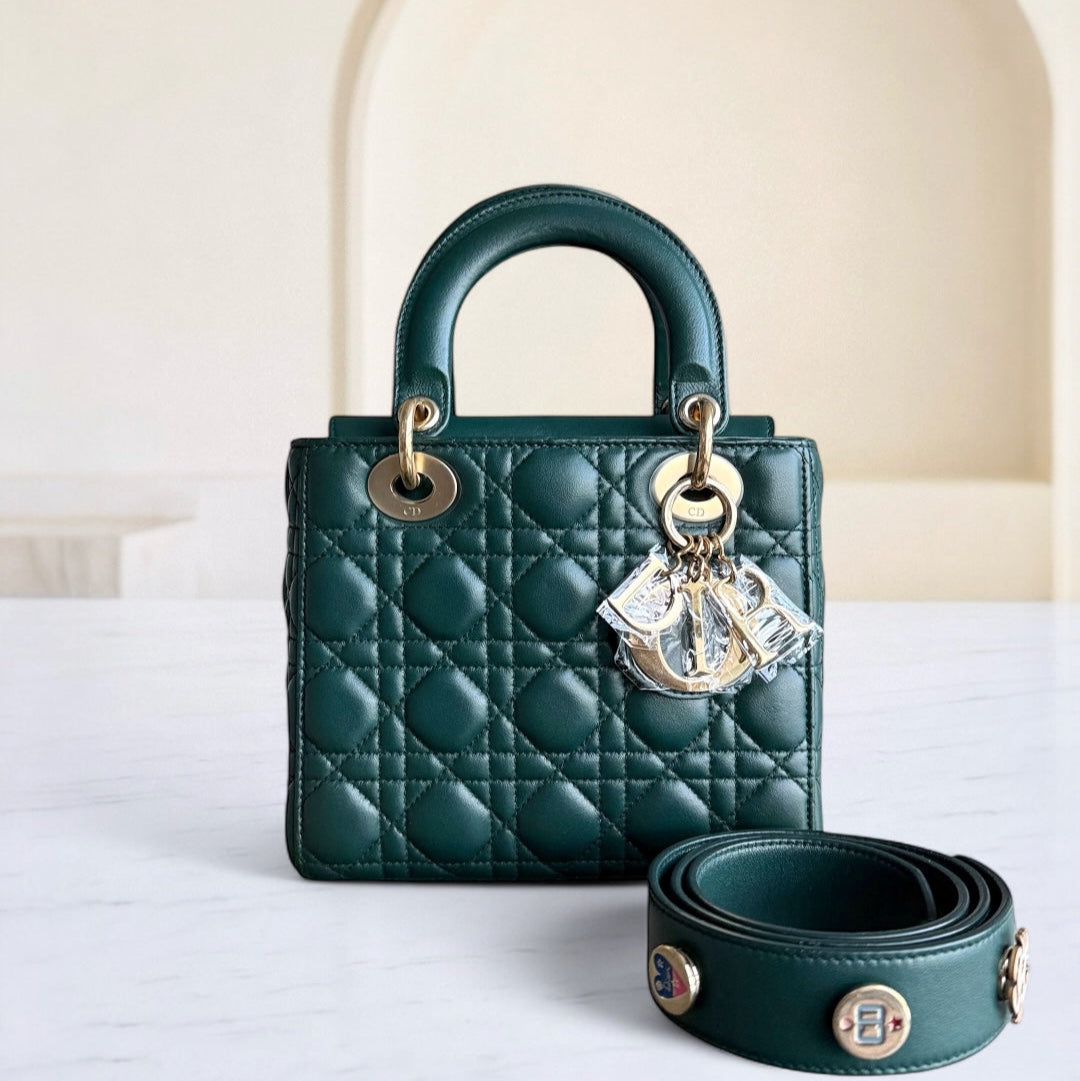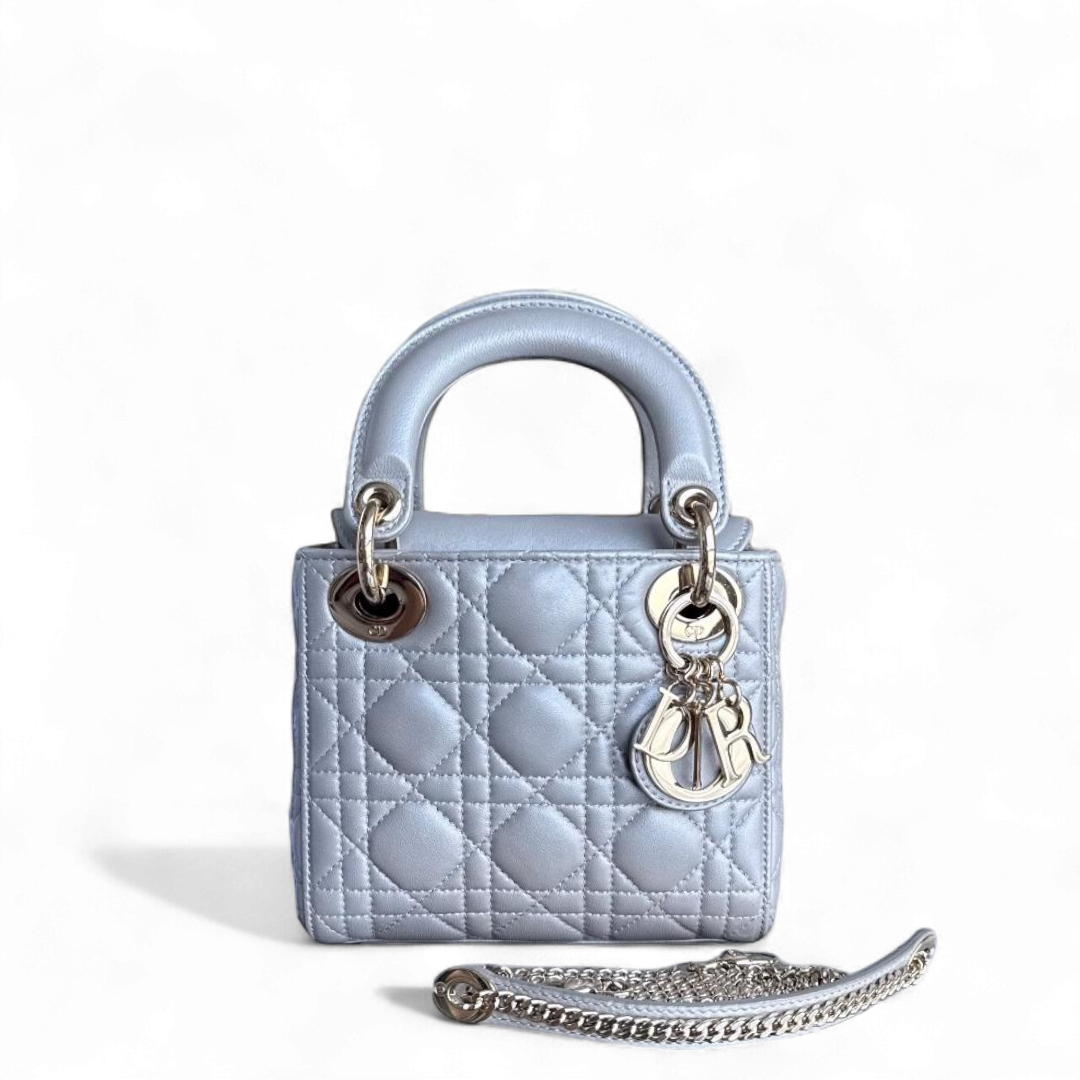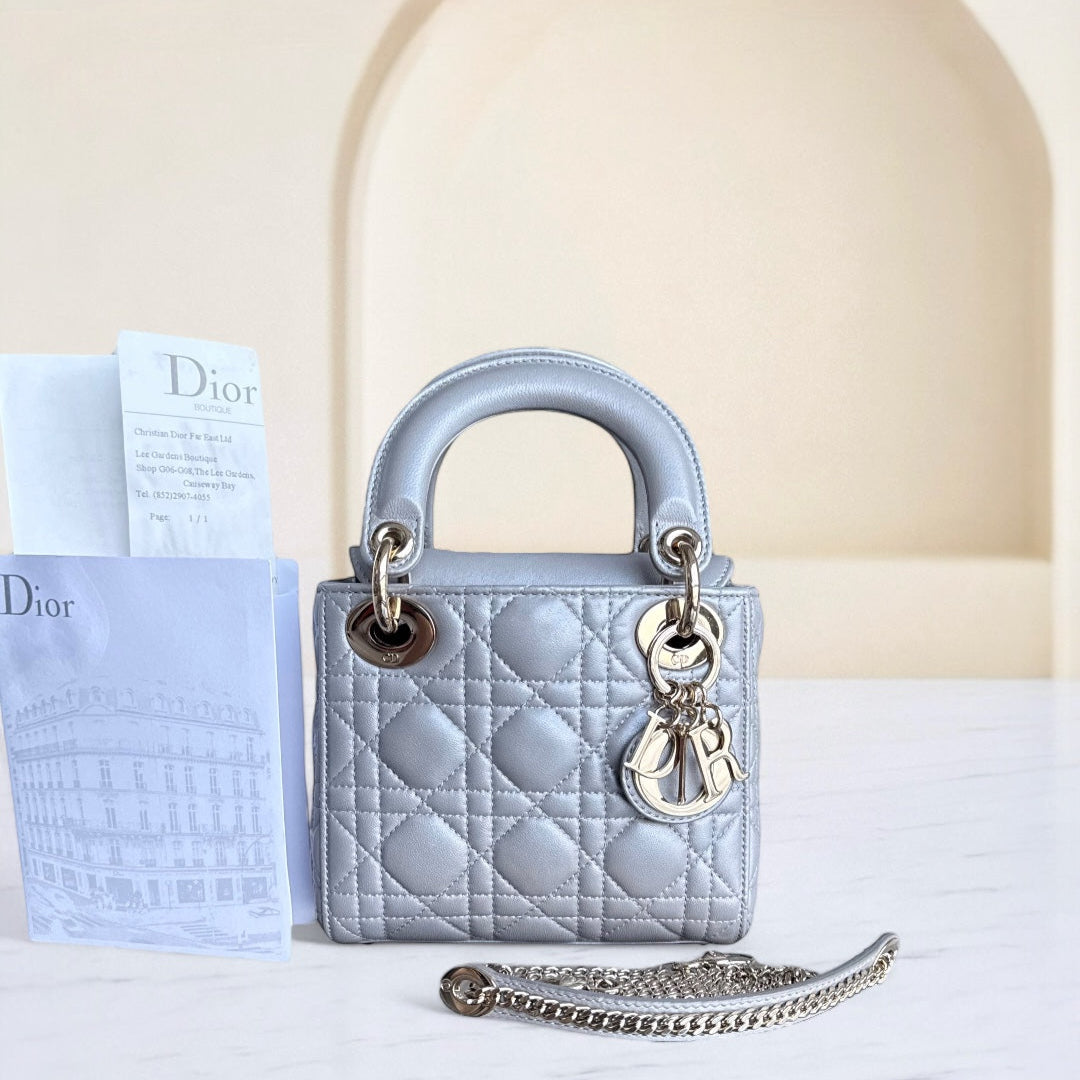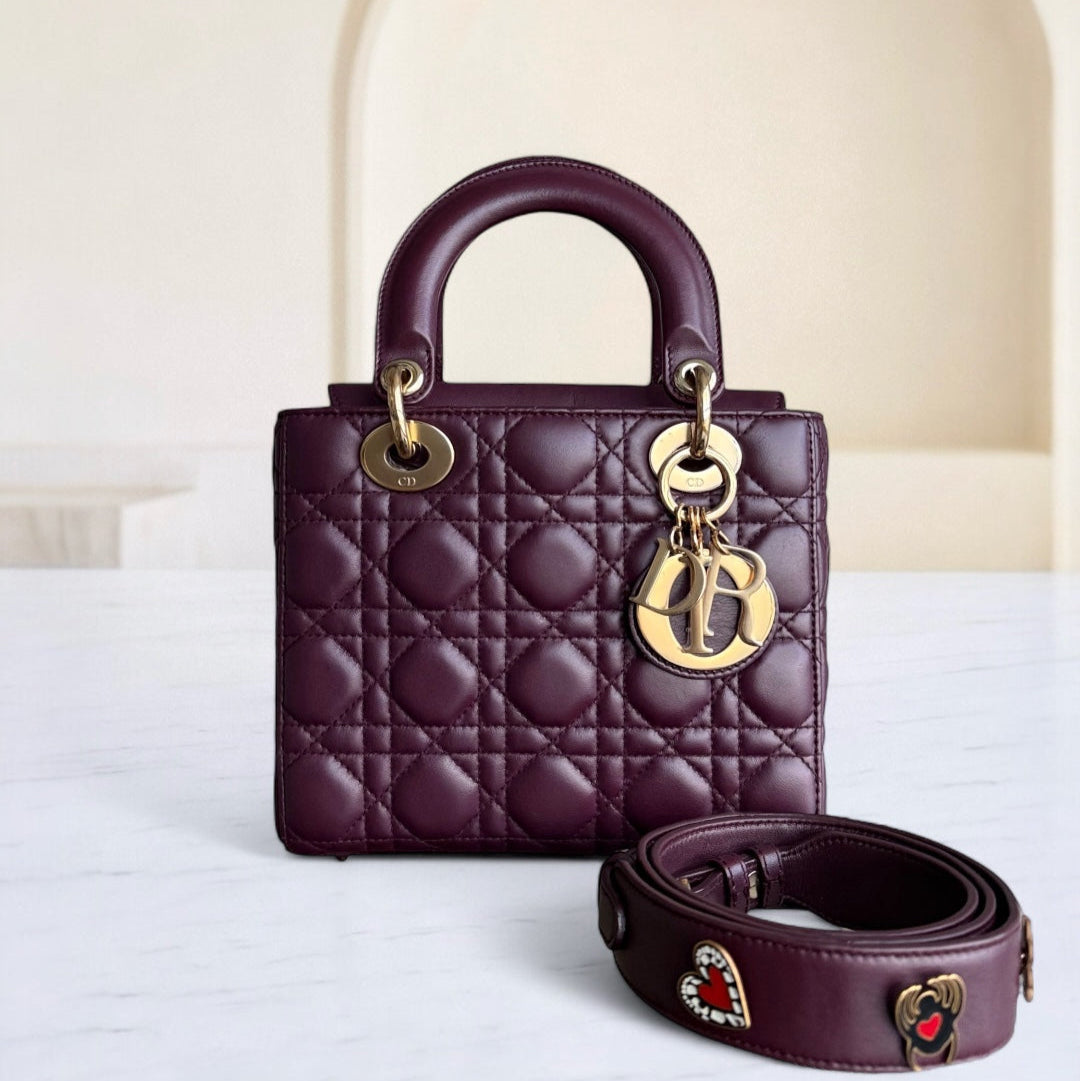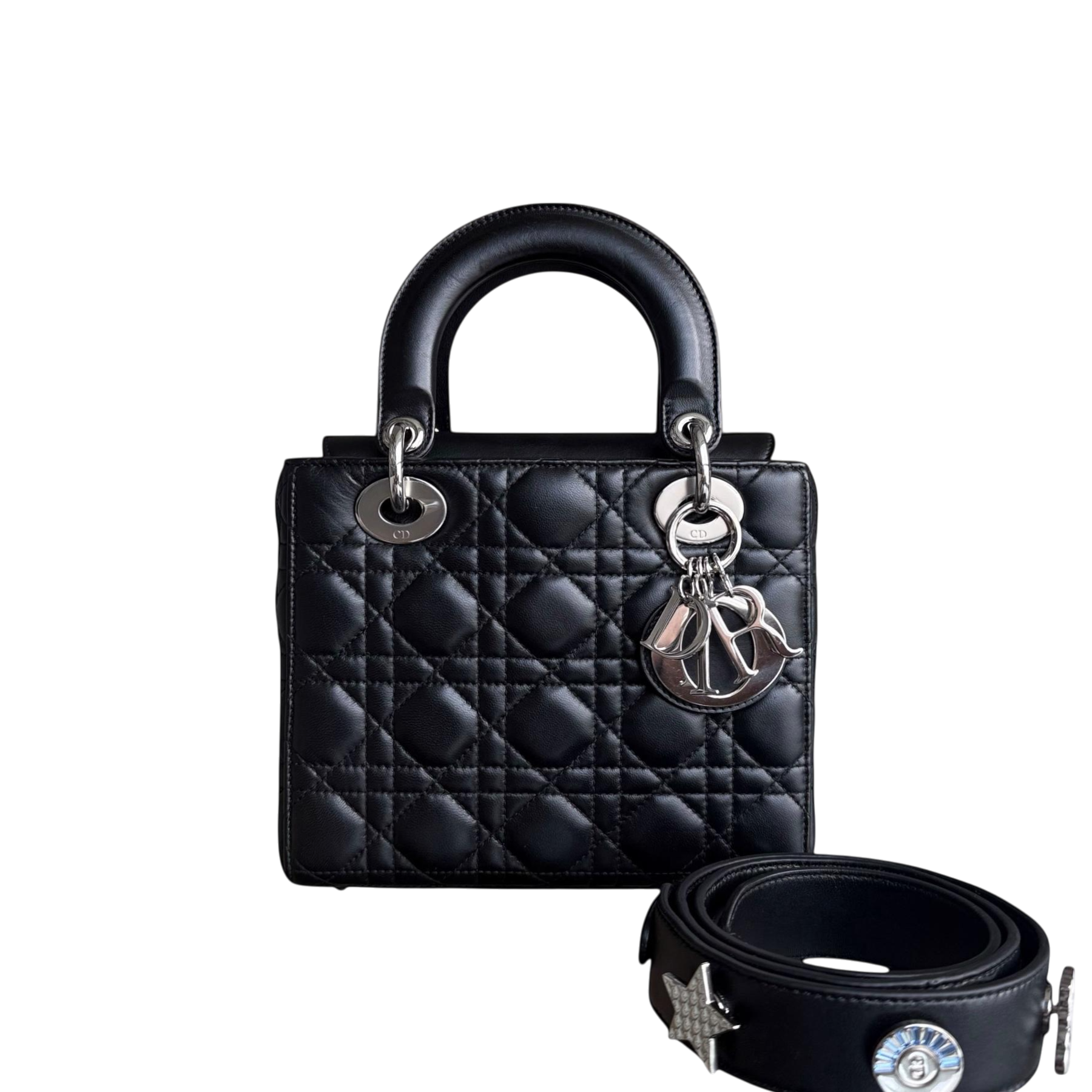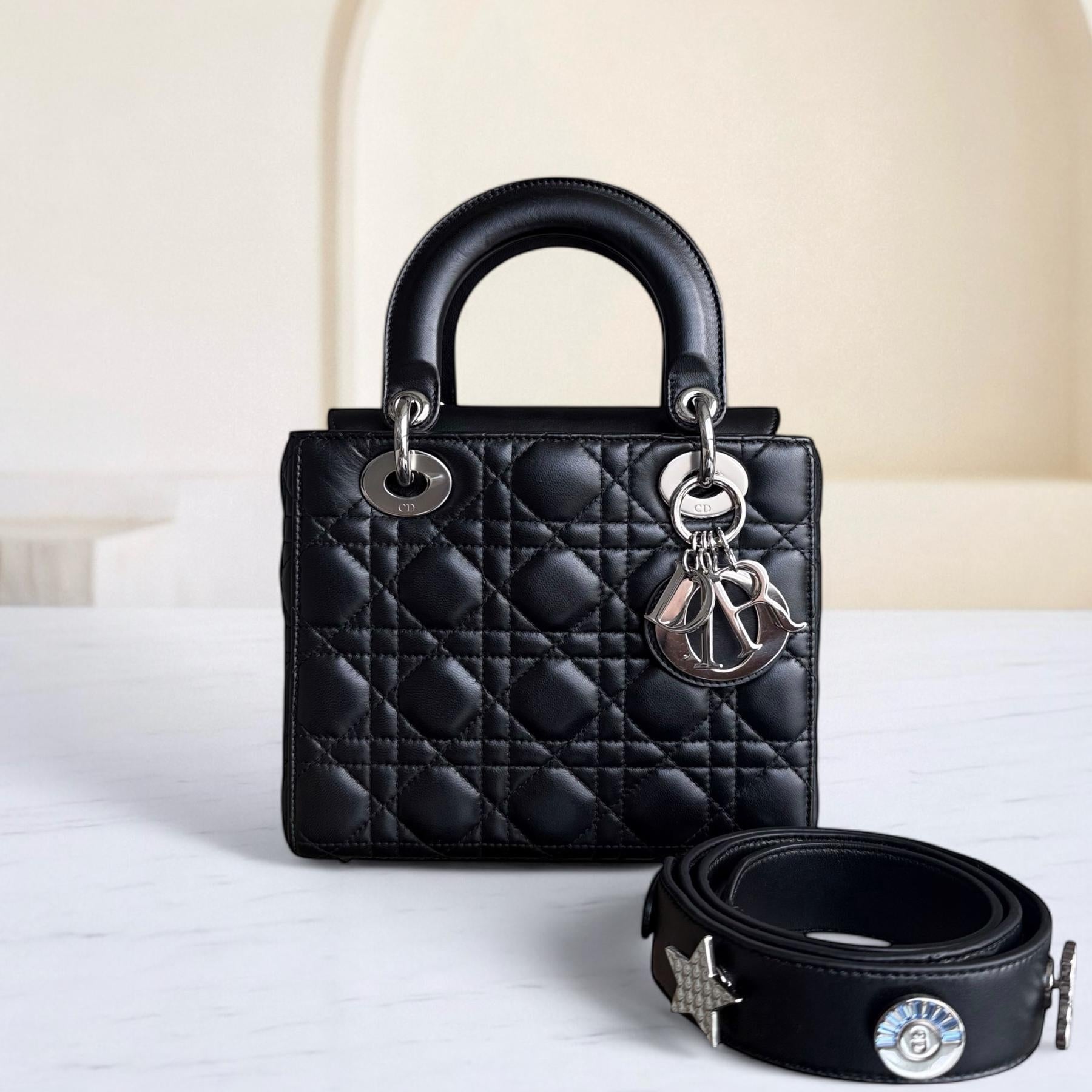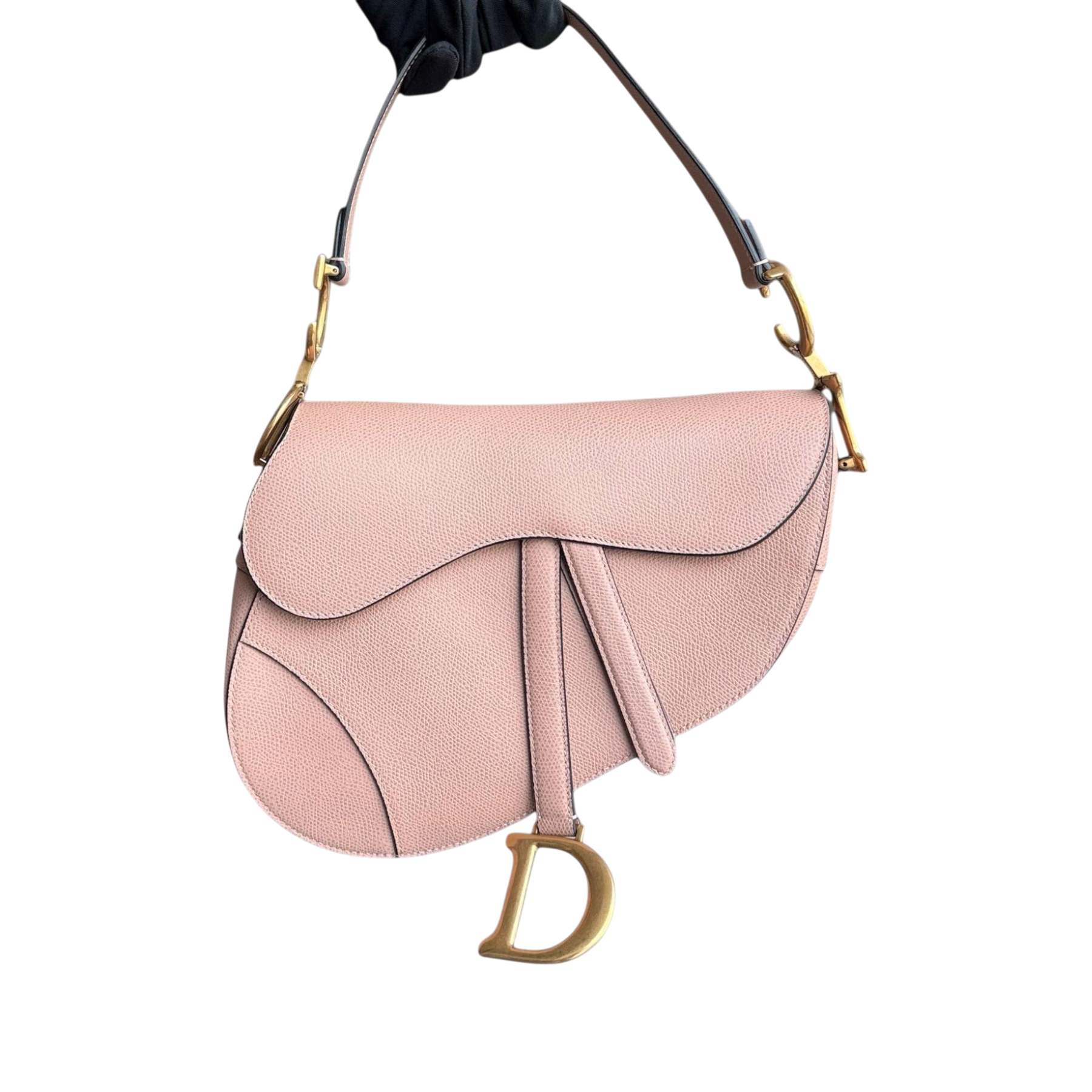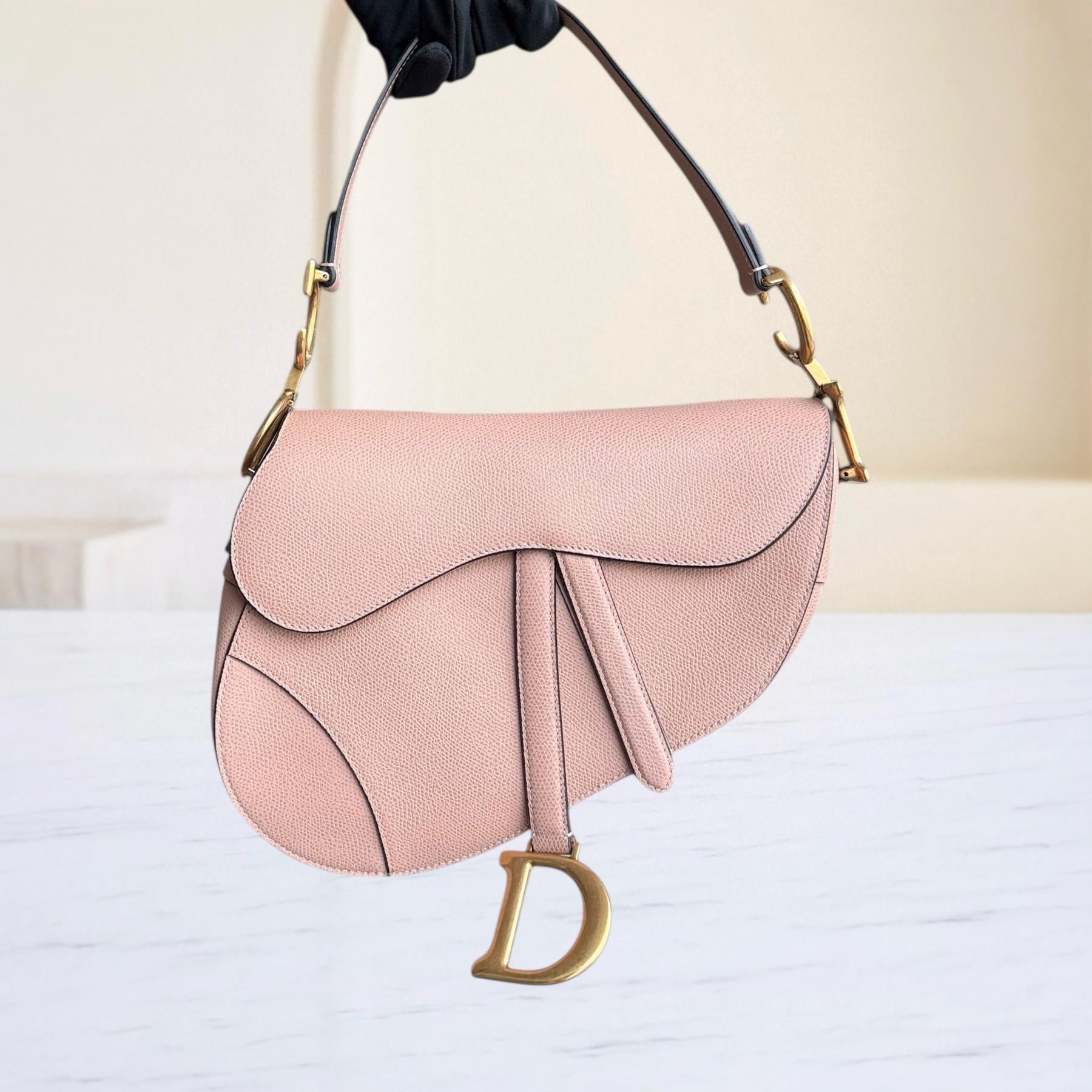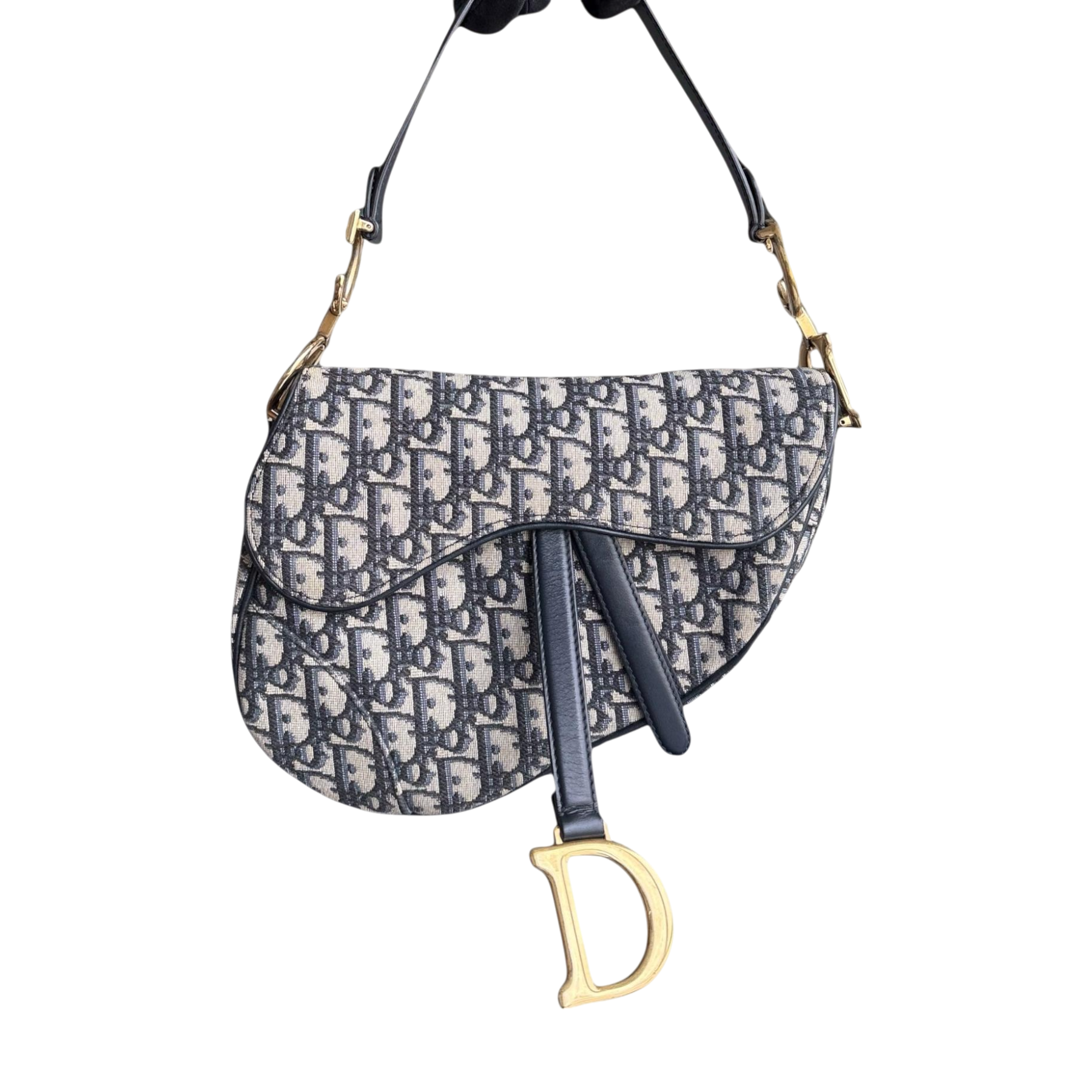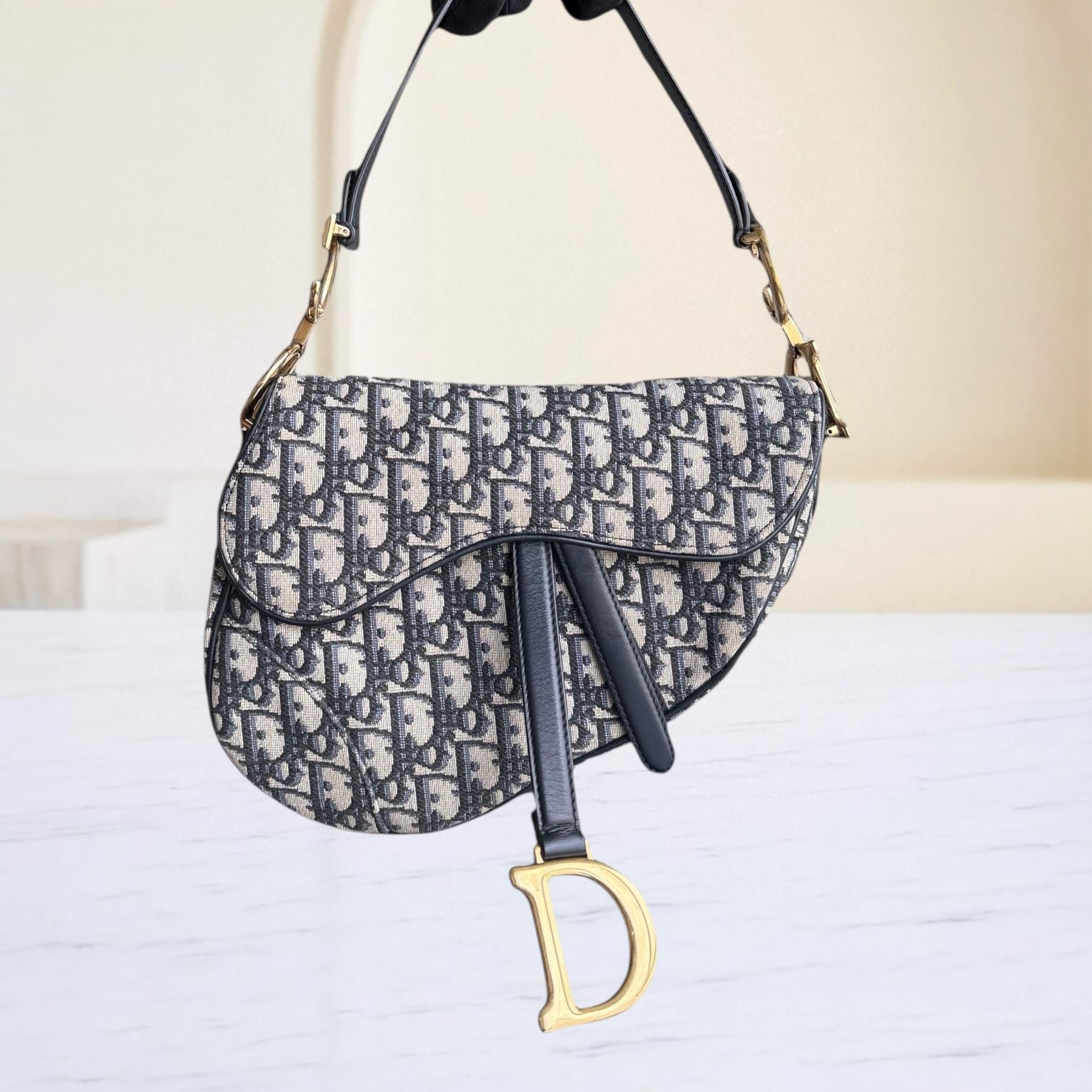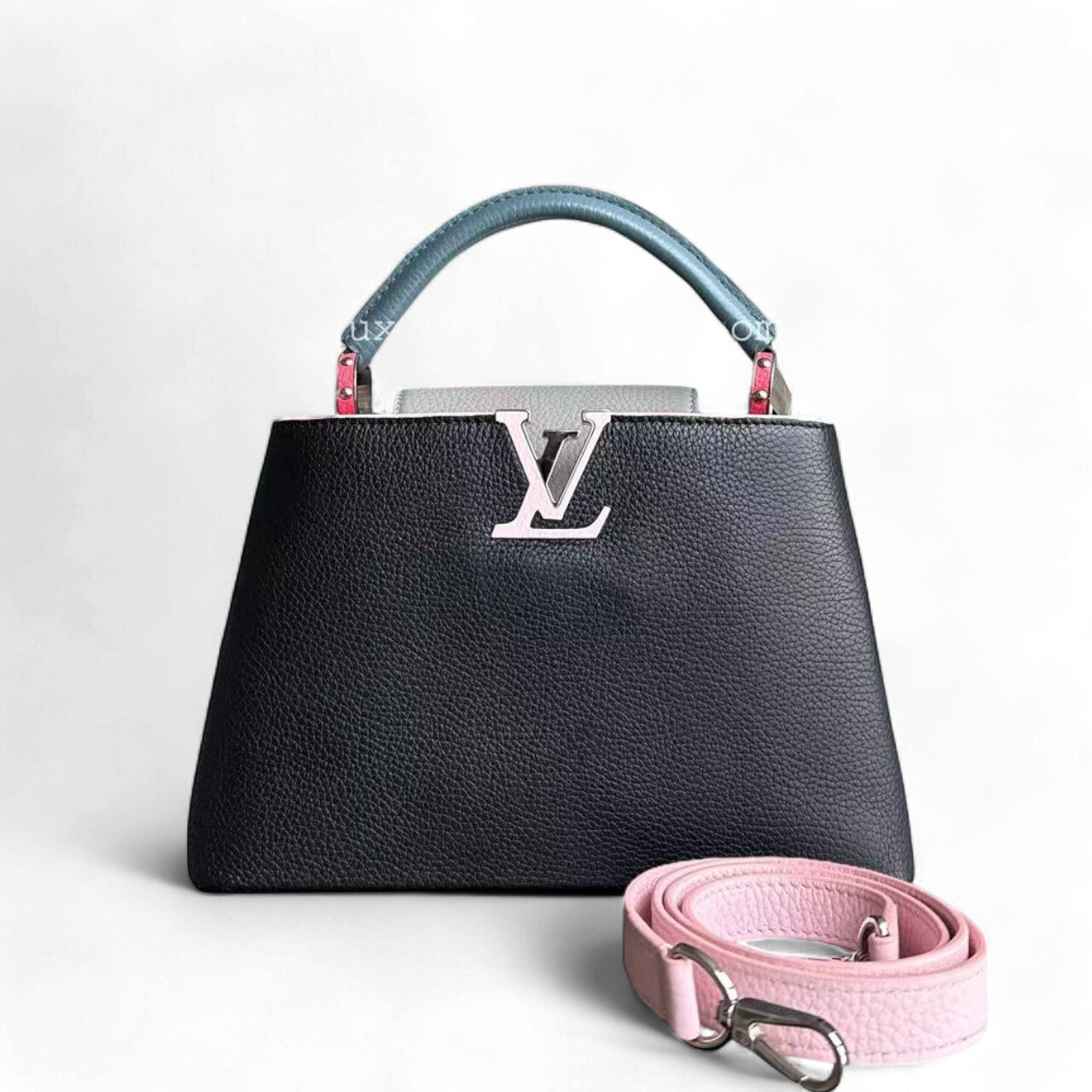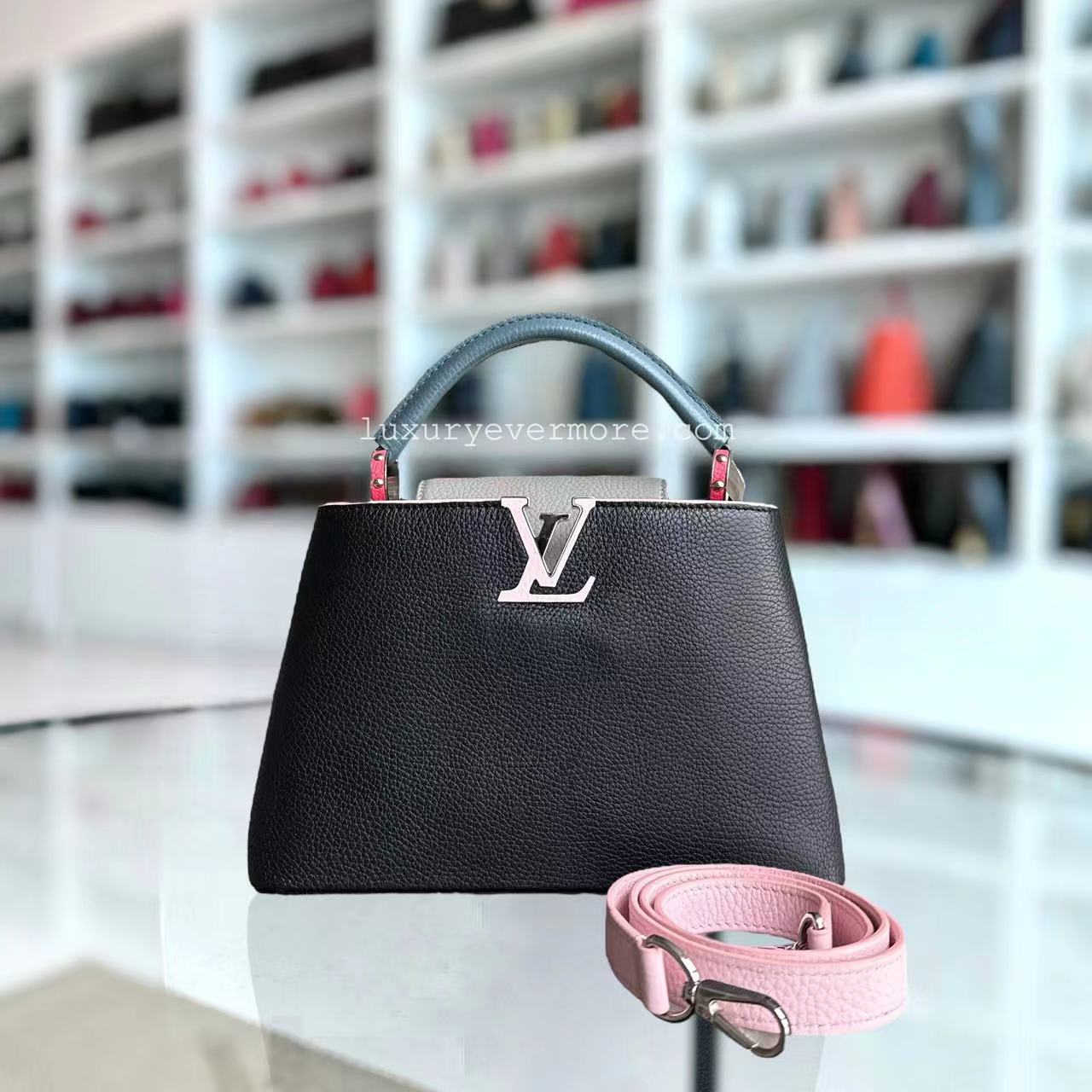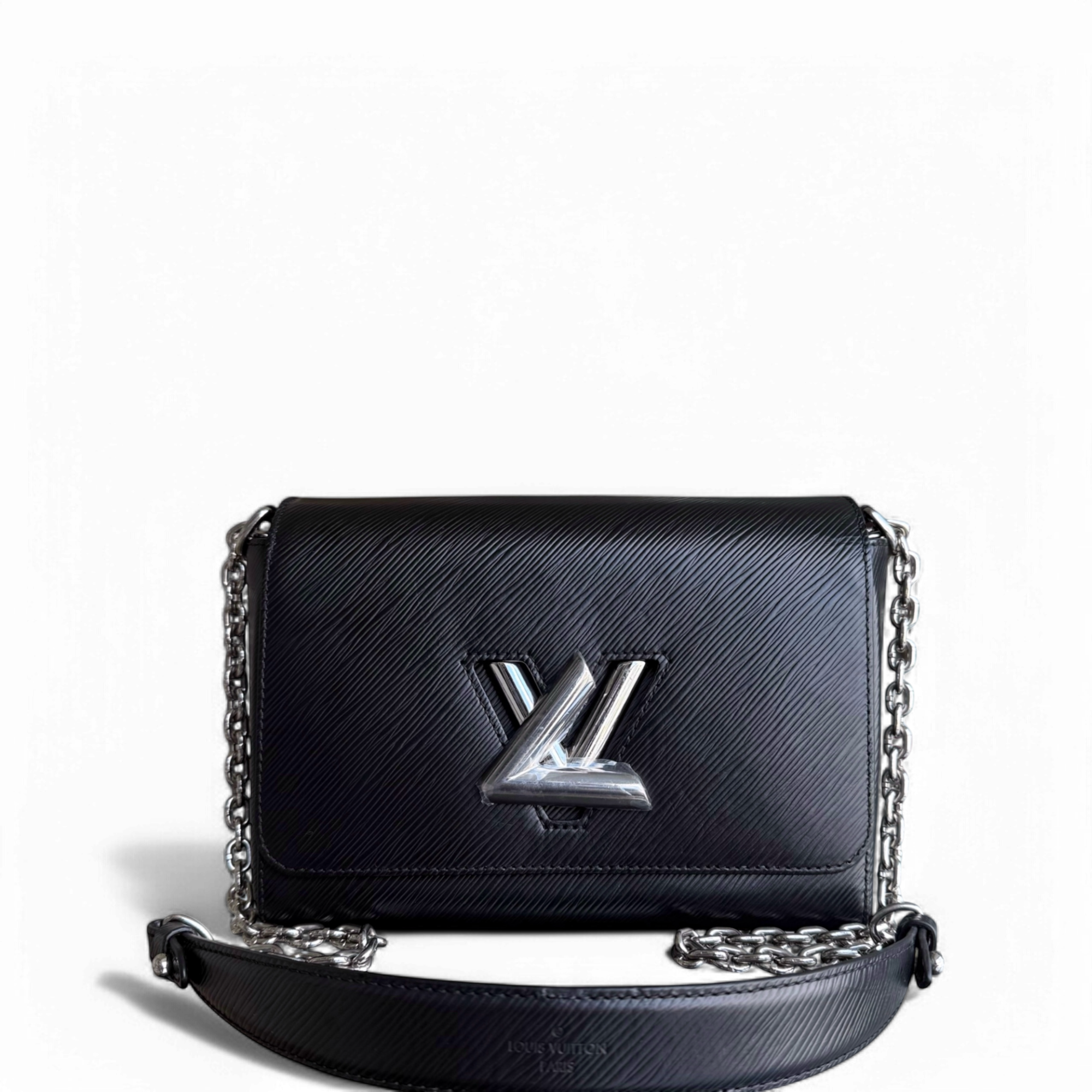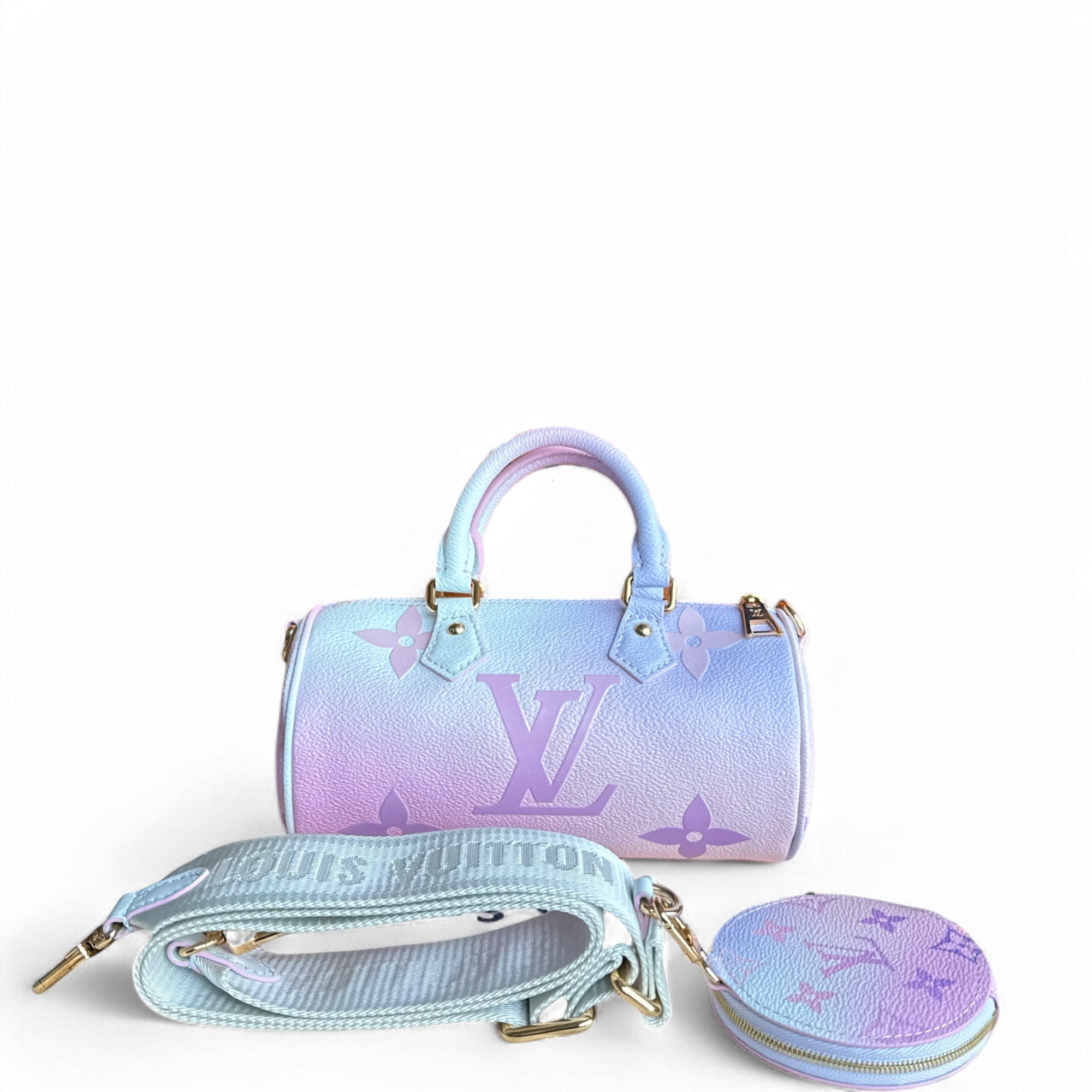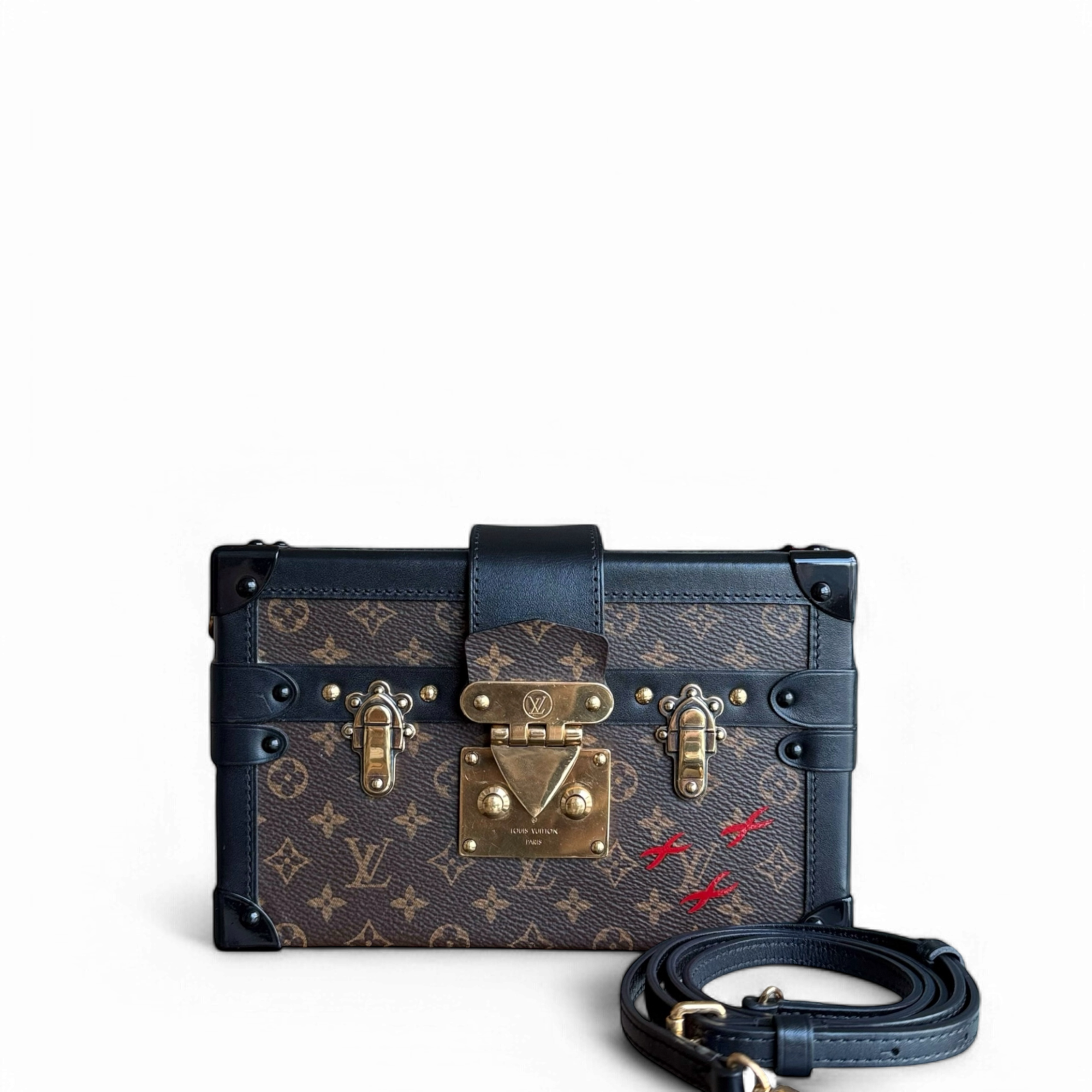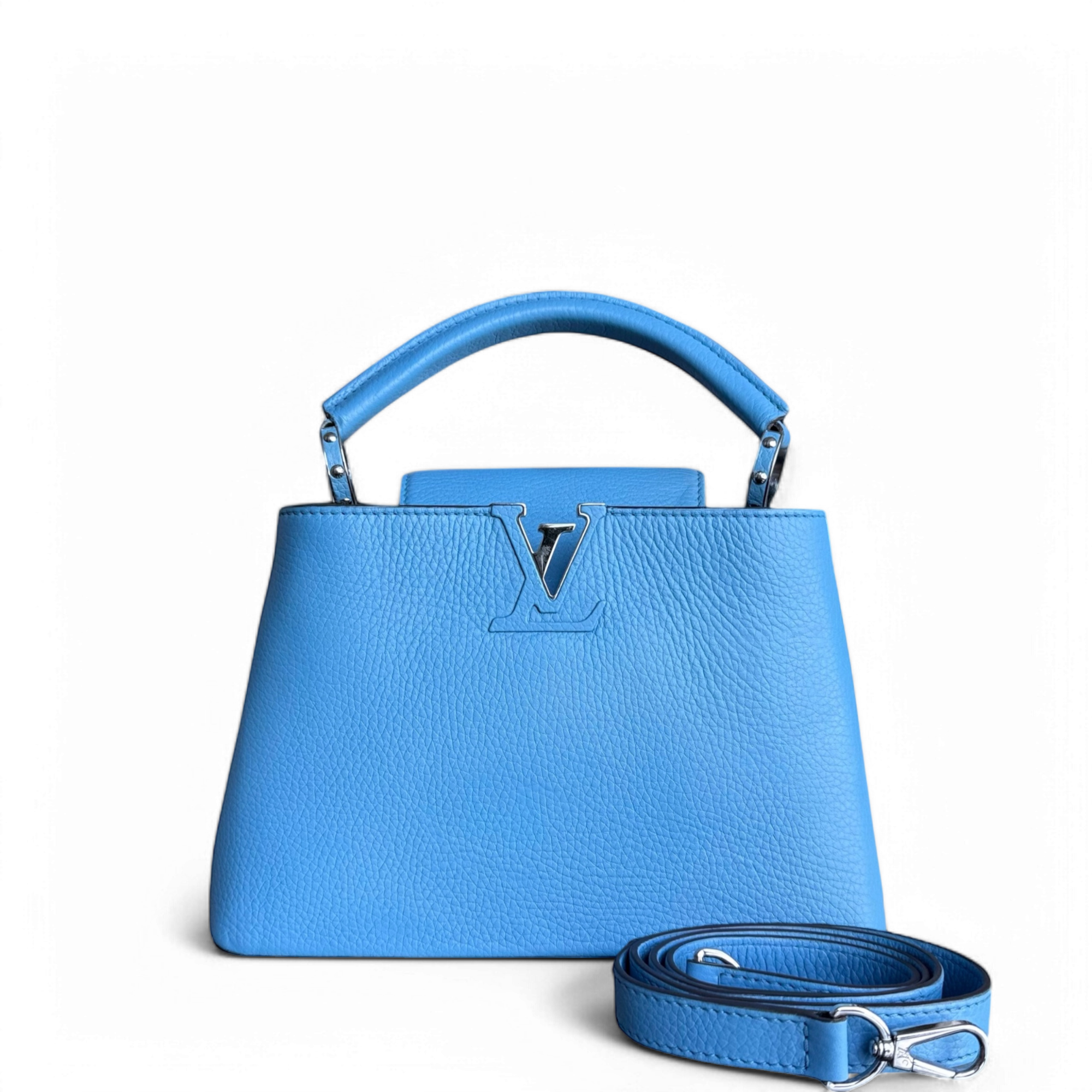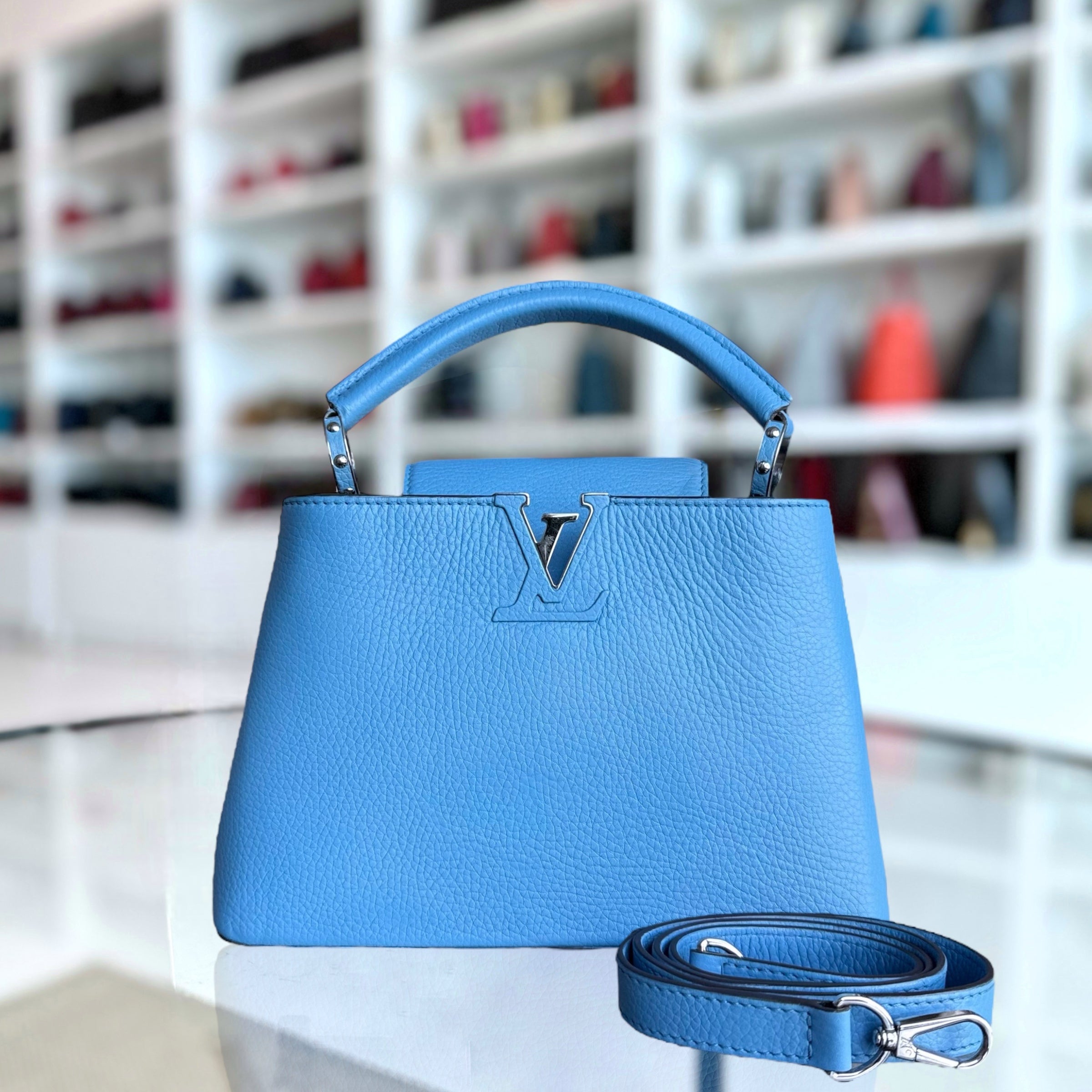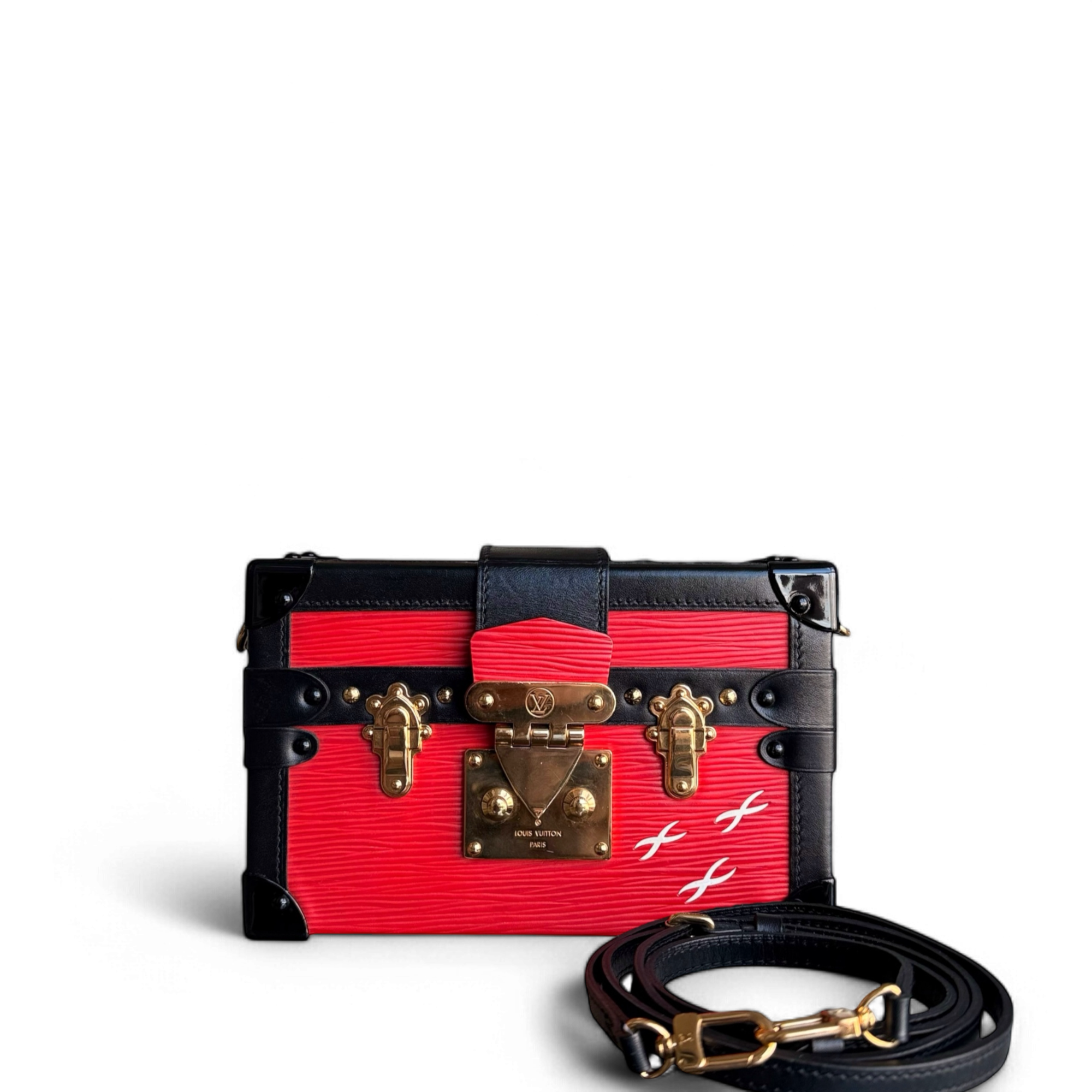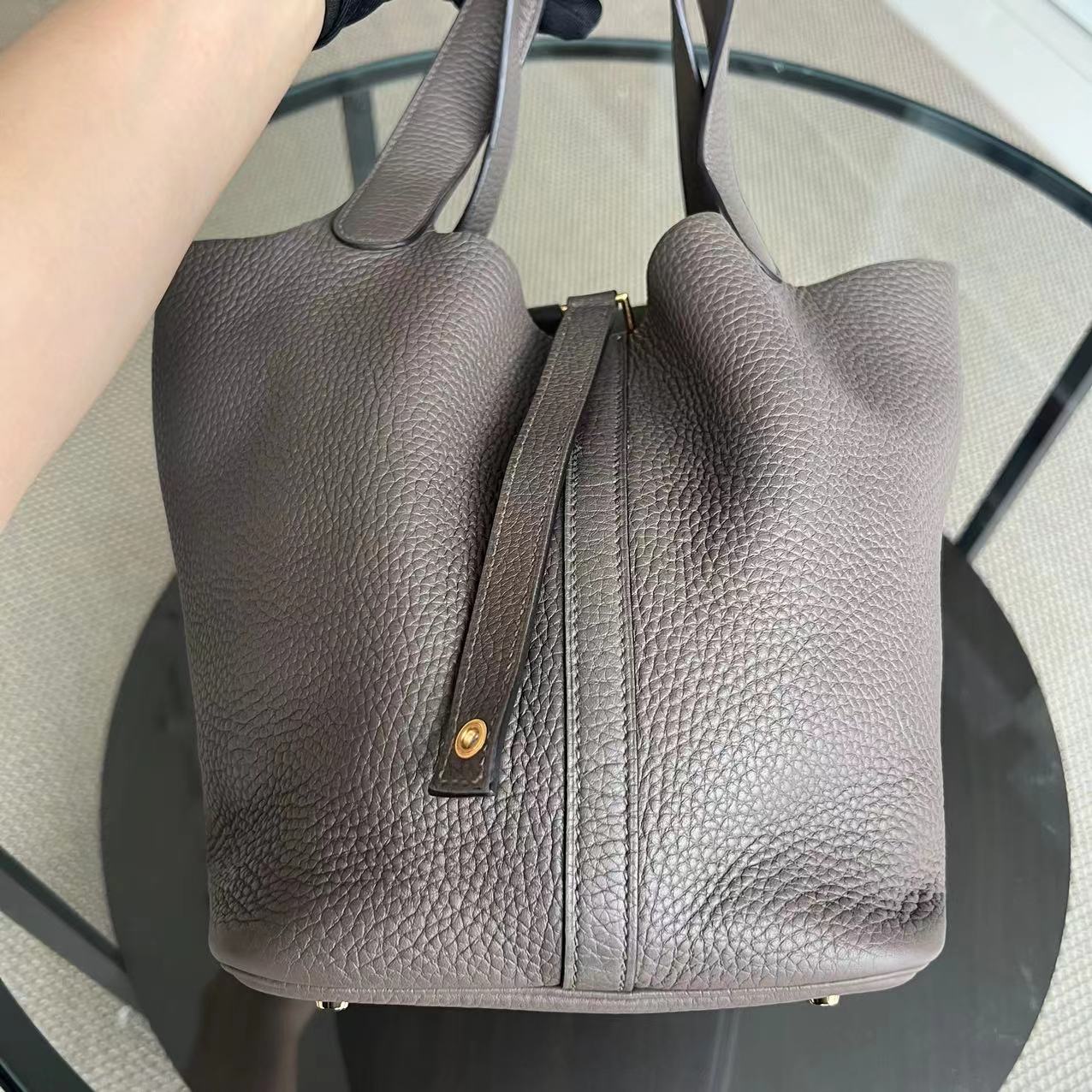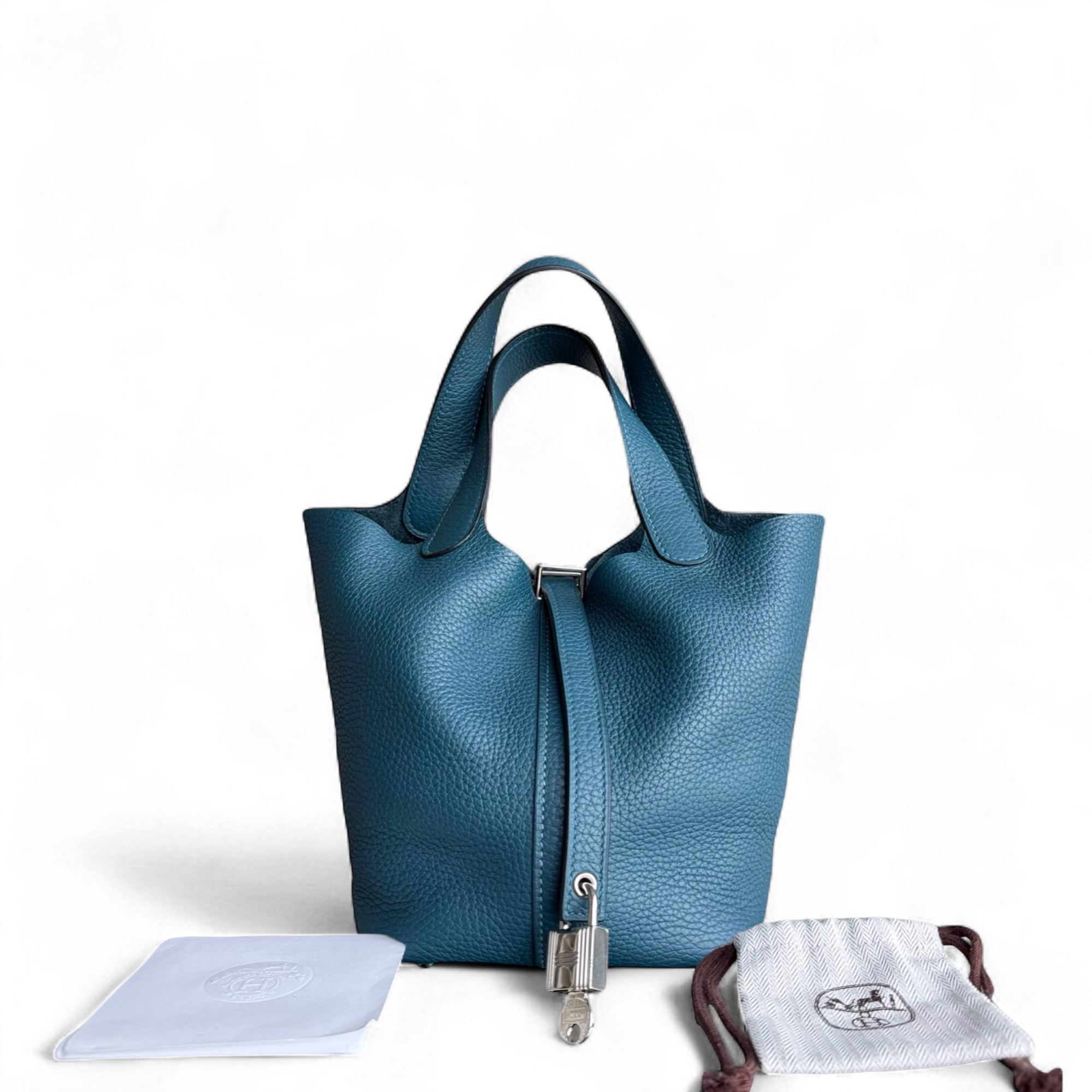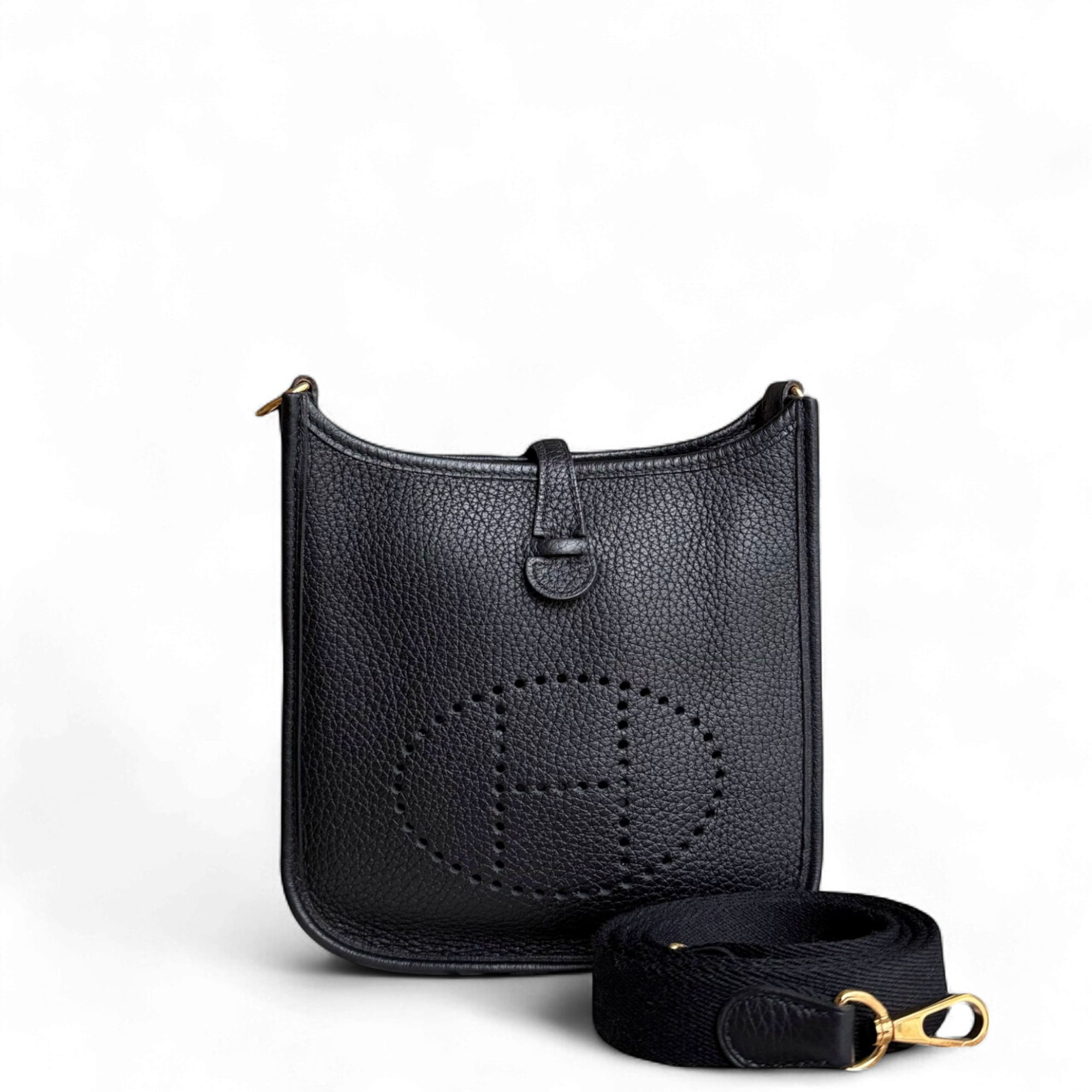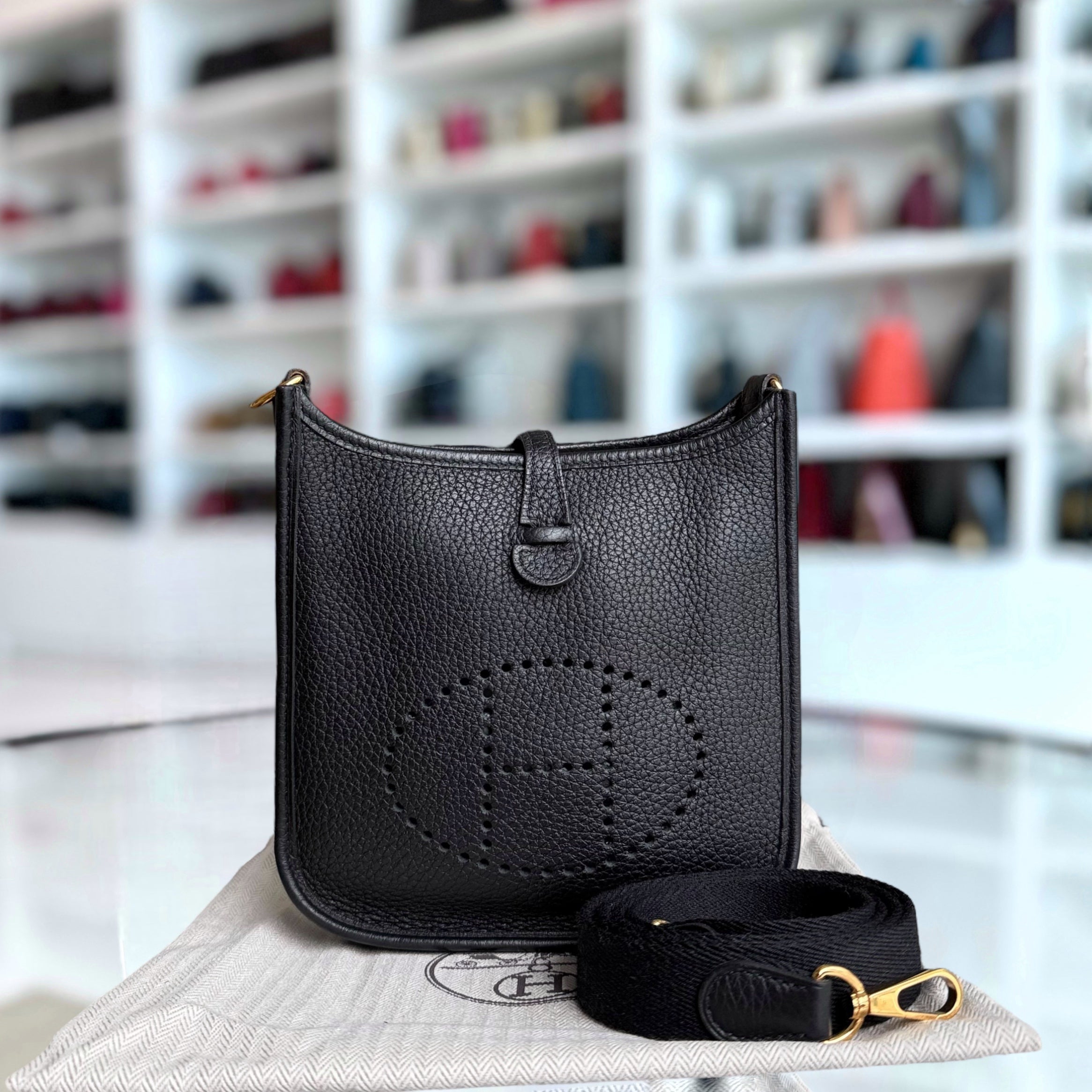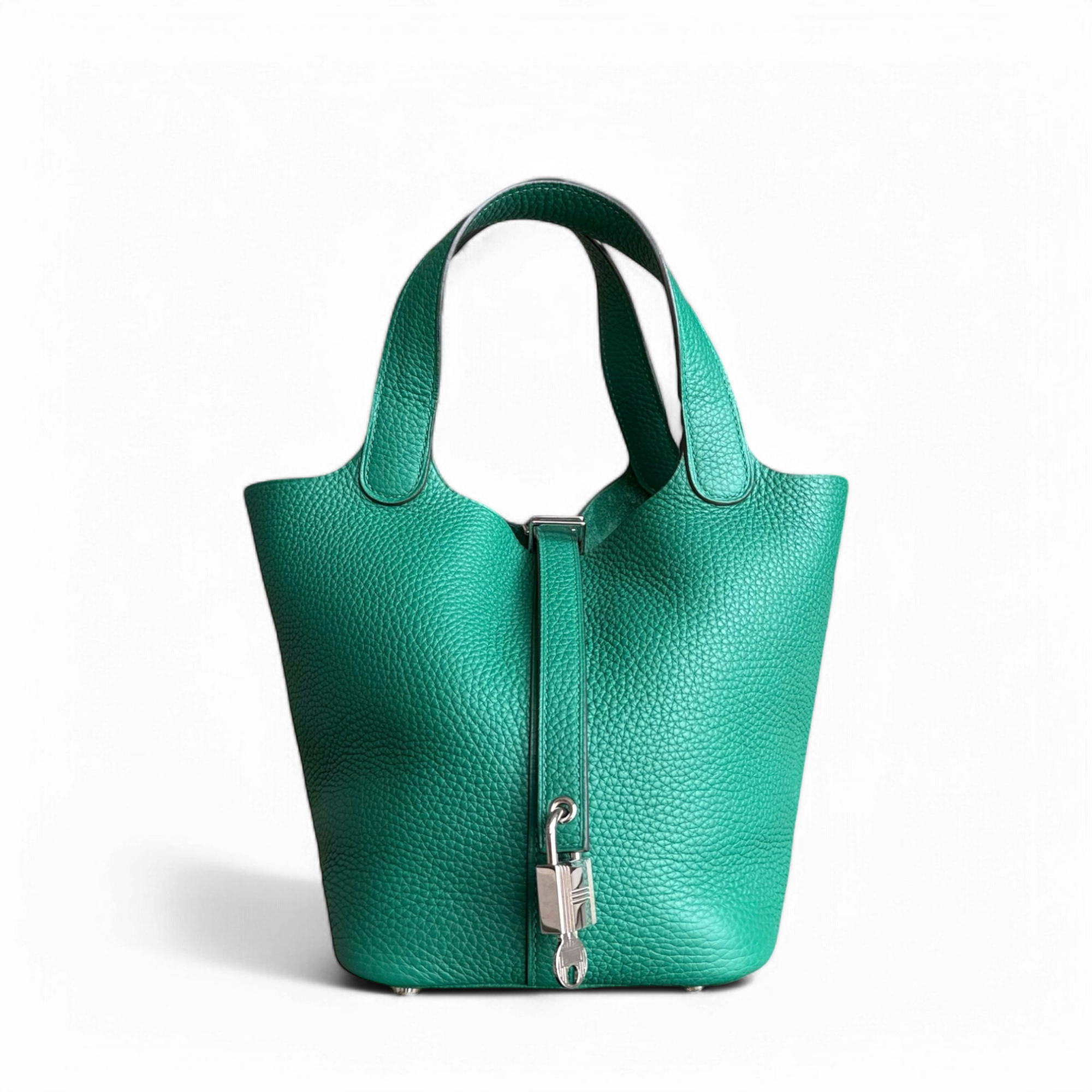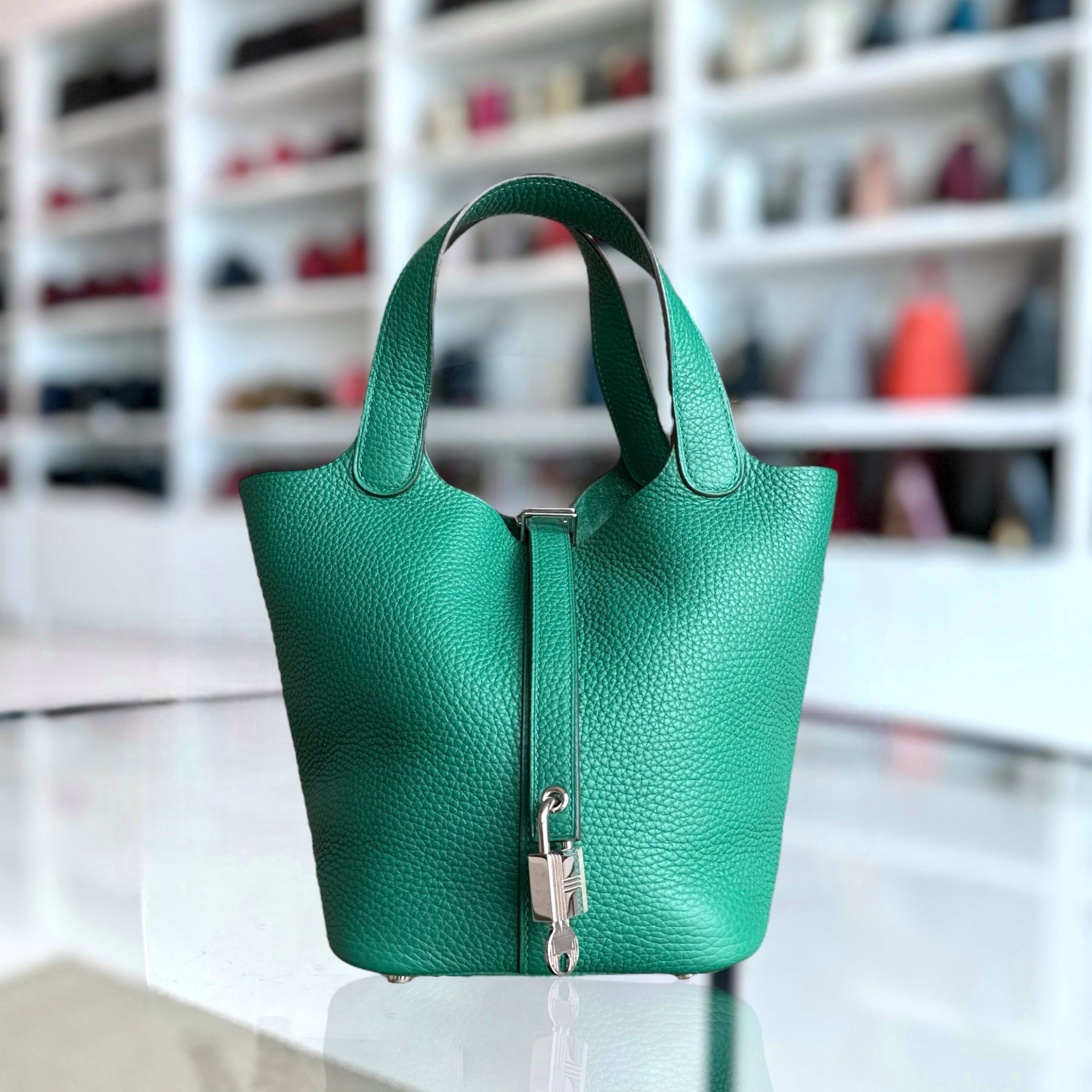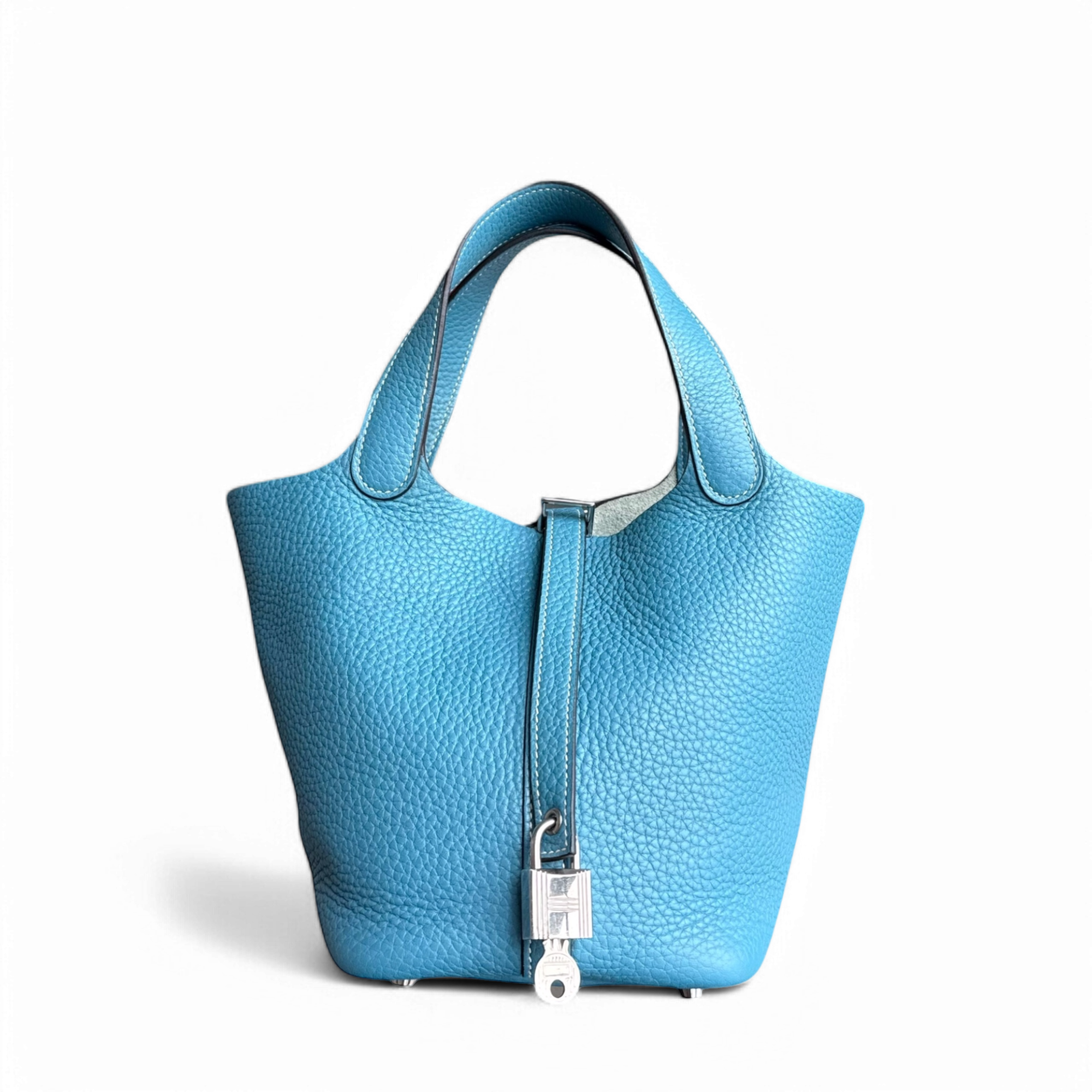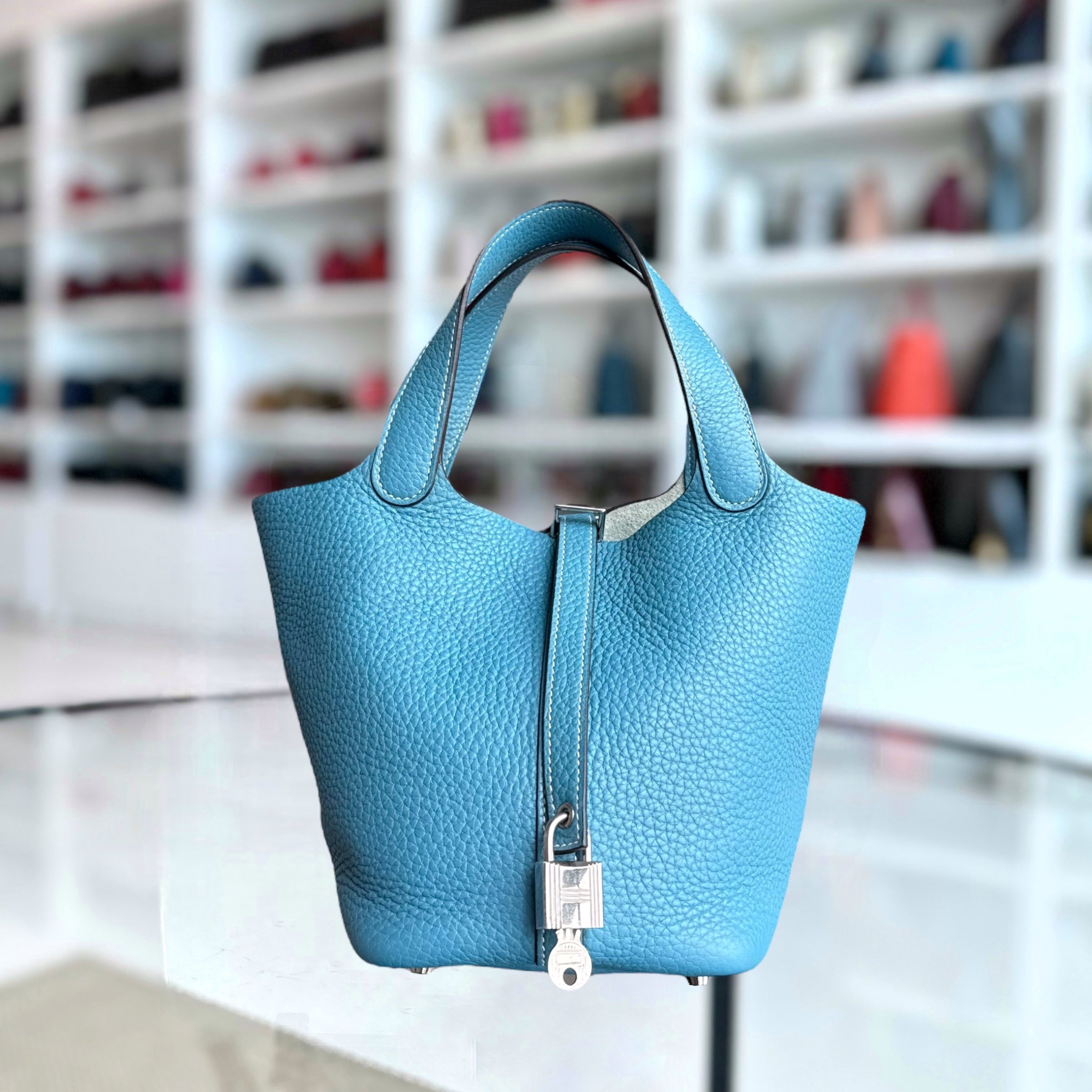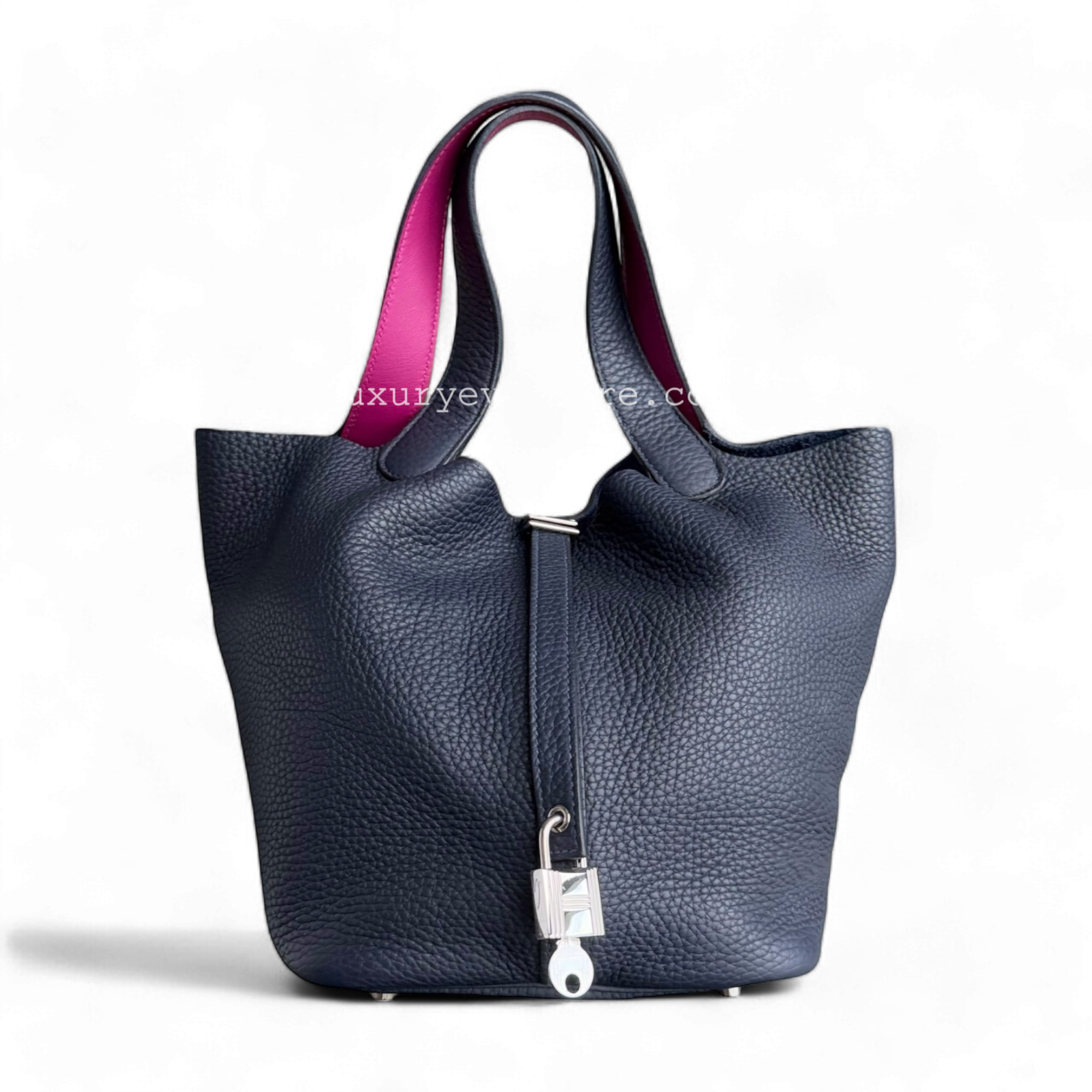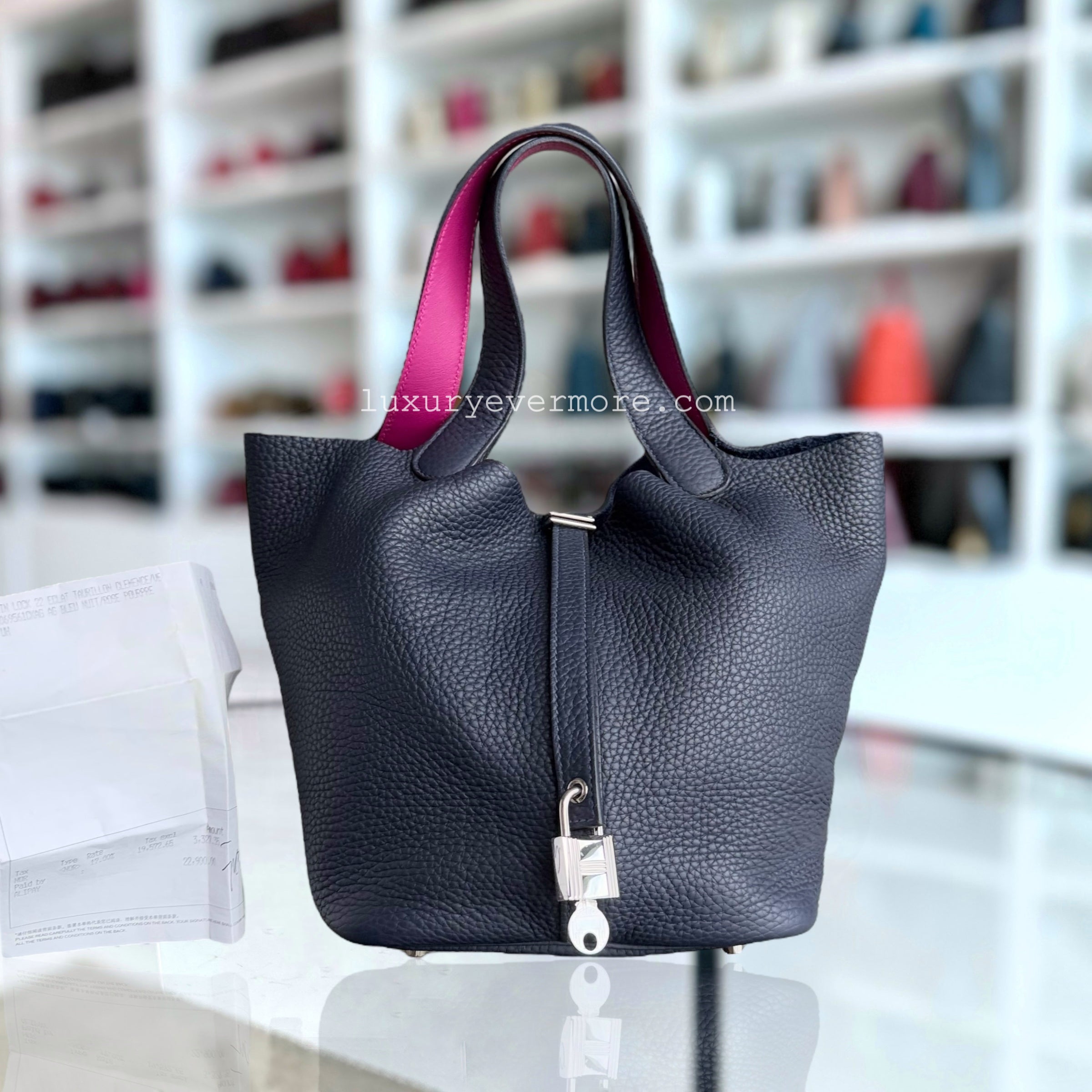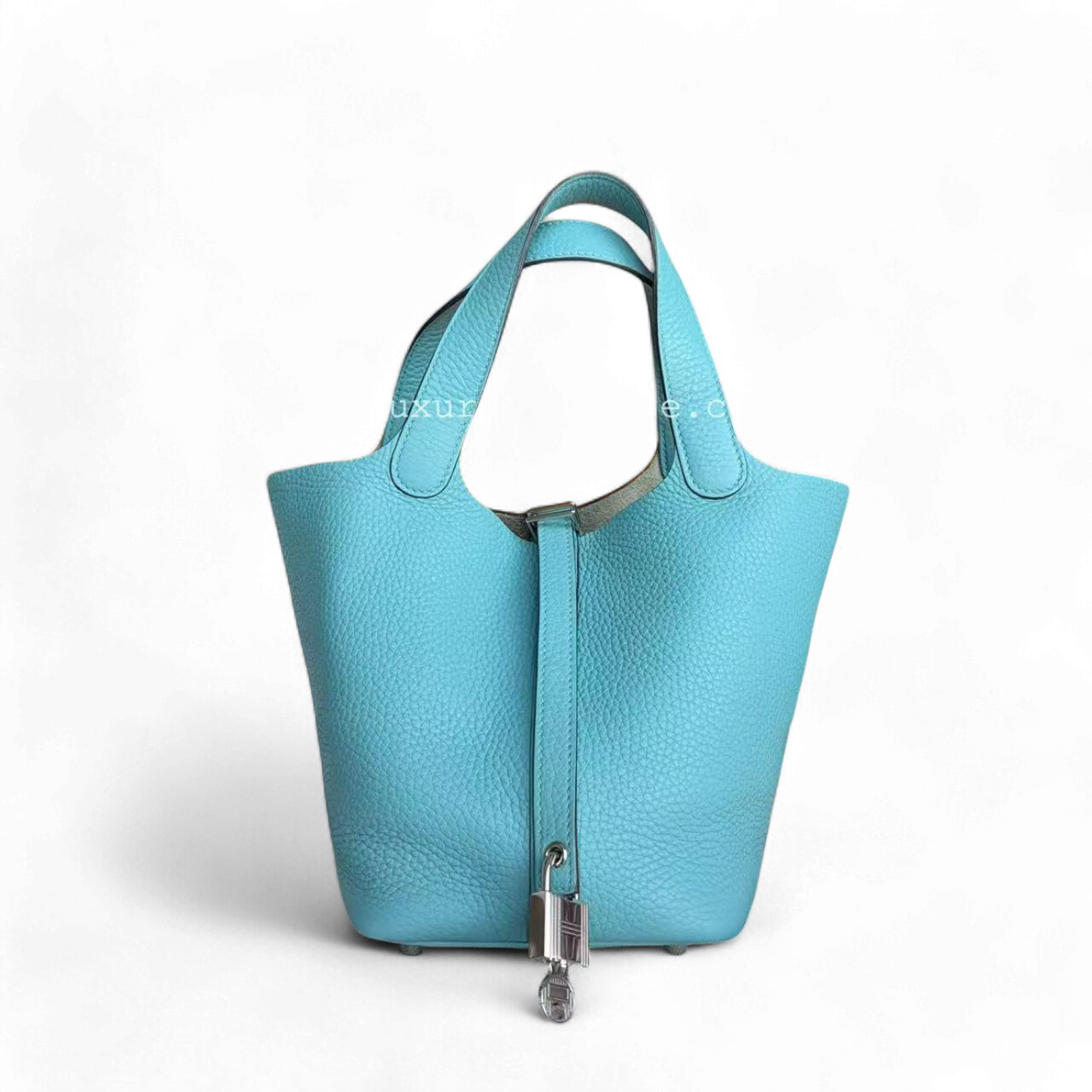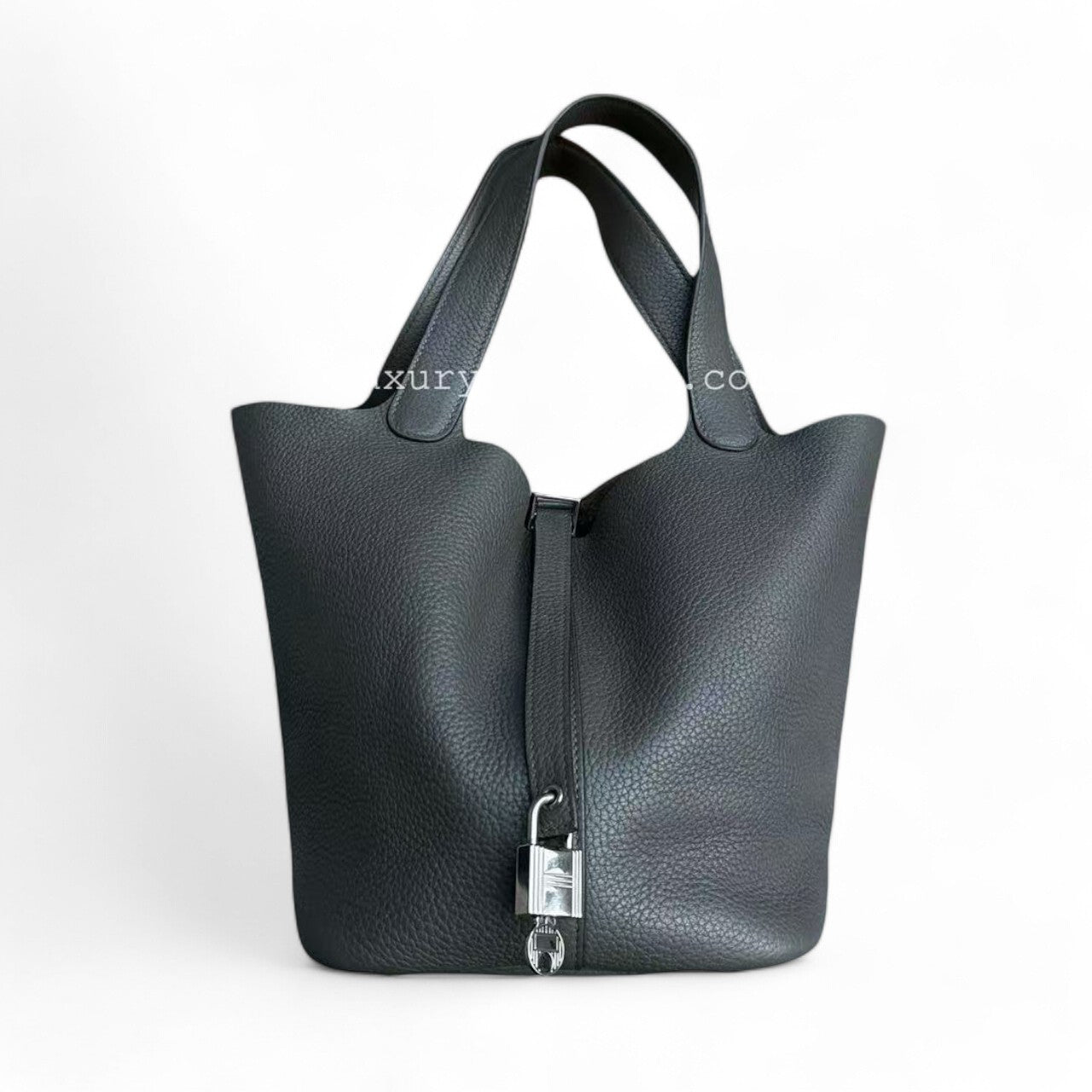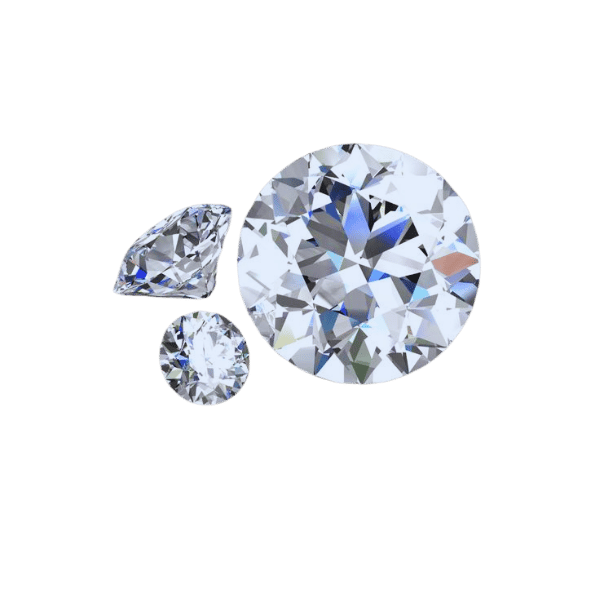The Largest Diamond Ever Discovered: The Cullinan Diamond
Uncovering the Cullinan Diamond is considered one of the remarkable moments in the history of gems and gemstones. This exquisite stone was found in South Africa in 1905 and remains the world’s largest diamond. In addition, it has contributed significantly to the legacy of some of the most renowned pieces of jewelry in the royal collection of Britain. In this article, we will uncover the captivating saga of the Cullinan Manhattan Diamond revealing it’s roots, its distinct features, and the processes of its cutting, distribution and its relation with the diamond company that dealt with it .get ready to unveil the blend of art, science, and the timeless story which makes the diamond one of the wonders of the world.
What is the Largest Diamond Ever?

The Cullinan Diamond is the largest diamond ever known to exist. It was found in 1905 in the Premier Mine in South Africa. In its rough form, the Cullinan weighed a staggering 3,106 carats. This exceptional gemstone was eventually cut into several polished diamonds, including Cullinan I, the Great Star of Africa’s largest clear-cut diamond. These diamonds now form part of the British Crown Jewels, thus cementing the Cullinan’s place in history as an extraordinary discovery.
Details of the Cullinan Diamond
The Cullinan diamond is the largest gem-quality rough diamond ever found, measured at 3,106 carats in its uncut form. After its discovery, the diamond was cut into nine notable pieces, the most significant being Cullinan I, which is deemed the second-largest colorless diamond. This diamond weighs approximately 530.2 carats and is called the Great Star of Africa; it is set in the Sovereign's scepter with Cross. Cullinan II, which is 317.4 carats, is mounted on the Imperial State Crown, which is made of Gold. The astonishing size and clarity of these gemstones, alongside their historical significance, mark the Cullinan as one of the most important diamond discoveries in history.
The World's Largest Diamonds Throughout History
The Lesedi La Rona is another astonishing diamond discovered in Botswana in 2015. It is the largest diamond found in over a century and the second largest in history, surpassing 1,109 carats in its rough form. Due to its massive size and structure, the diamond was eventually cut into smaller stones. The Lesedi La Rona is celebrated with Cullinan for its remarkable clarity and quality, solidifying its position among the most crucial diamond discoveries ever.
How the Largest Diamonds are Measured
Determining the size of the largest diamonds entails an intricate process requiring precision methodology and cutting-edge technology. Usually, the weight of a diamond is measured in carats, and for all diamonds, including flawless diamonds, one carat is equivalent to 0.2 grams. The golden jubilee diamond is appraised using this valuation method. Extremely cleaved diamonds like Cullinan and Lesedi La Rona require maximum precision appraisal using sensitive digital scales that ensure equal precision.
Beyond weight, a gemologist evaluates the diamond's proportions, clarity, chromaticity, coloration, and potential grade of being cut using optical proportion scopes and laser 3D imaging software. These technologies create a detailed rough sapphire model that aids experts in numerical precision in diamond and yield calculations without compromising the stone's integrity.
Moreover, atomic structure inclusions can assess diamond valuation and classification using scientific x-ray fluorescence and spectroscopy. Methods such as these are critical when ensuring a diamond or gem's historical value alongside preserving its gemological significance. While all the world's diamonds are categorized alongside the largest diamonds, these methods ensure the precise valuation of a history-filled masterpiece.
How Was the Cullinan Diamond Discovered?

The Story of the Premier Mine in South Africa
The Cullinan diamond, discovered in 1905, was found at the Premier Mine in South Africa. The Premier mine's surface manager, Frederic Wells, uncovered it during a routine inspection. The Cullinan Diamond weighs an astonishing 3,106 carats, making it the largest diamond gemstone ever found. This remarkable discovery confirmed Premier Mine’s legacy as one of the world’s leading producers of high-quality diamonds.
Who Was Sir Thomas Cullinan?
Sir Thomas Cullinan was a businessman and diamond magnate from South Africa. He established the Premier Mine, which was later called the Cullinan Mine. This mine is infamous for producing the largest diamond in the world.
Significance of the 1905 Discovery
The 1905 discovery of the Cullinan Diamond is notorious for its distinctive size and quality. It is the largest gem-quality diamond ever found, having been cut into 3,106 carats. The discovery additionally enhanced the reputation of South Africa’s diamond industry globally, as it confirmed that the Premier Mine was one of the leading sources for exceptional diamonds.
What Made the Cullinan Diamond Unique?

Understanding the Gem-Quality and Type IIA
The Cullinan Diamond is classified as a Type IIA diamond, meaning it belongs to a sporadic group of diamonds with virtually no nitrogen traces. Such a characteristic contributes to the diamond’s unparalleled clarity and polish. Moreover, the Cullinan Diamond differs from all others due to its historical significance as the world’s largest gem and its remarkable purity attributes. Its flawless nature boosts its importance as the world’s leading experts and collectors of precious stones seek after such attributes.
The Challenges of Cutting the Largest Rough Diamond
- Preserving Weight and Size: One of the most prominent issues was how to slice the Cullinan Diamond, considering material loss while maintaining its extraordinary size as much as possible.
- Analyzing Internal Structure: Mapping the diamond's internal structure required sophisticated internal scans using modern techniques to find possible inclusions or stressors that could break during the cut to avoid fractures.
- Precision Cutting Technology: Such excellent and flawless diamonds needed extraordinary precision during their cutting, and tools to help them avoid Cleaving damage.
- Maximizing Value: A meticulously planned monetary and reputable brand approach needed to be devised as the focus shifted to analyzing estimated size and quality while carefully managing trim jewels and slicing for ideal pieces, revealing superior aesthetics.
Transformation into Crown Jewels for King Edward VII
The Cullinan diamond was eventually partitioned into nine principal stones and ninety-six additional smaller pieces. The biggest stone, which was set into the Sovereign’s Sceptre with Cross, is known as the Great Star of Africa or Cullinan I. The second largest stone, which was also attached to the Imperial State Crown, is called Cullinan II. These stones are, to date, part of the British crown jewels, which exemplify Britain’s unrivaled power and exquisite artistry.
Where Is the Cullinan Diamond Now?

How the Diamond Was Presented to the British Monarchy
The Cullinan diamond was given to King Edward VII in 1907 as a Transvaal Colony goodwill gesture after South Africa’s diamond bounty.
The Journey from Rough Diamond to Cut Diamond
The Asscher Brothers, experts in diamond cutting, received the Cullinan in 1908 and were tasked with its evaluation and cutting. They shared the diamond into approximately 100 pieces and nine major gemstones. Much like the golden jubilee diamond, every piece underwent a thorough cutting and polishing process to ensure maximum brilliance. The resultant gemstones, most notably Cullinan I and II, showcased their exceptional skill and are now part of the British Crown Jewels.
Current Display in the Crown Jewels
Cullinan I, or the Great Star of Africa, is set in the Sovereign’s Scepter with Cross, where it is fitted; Cullinan II, or the Second Star of Africa, is also set in the Imperial State Crown. Both adornments form part of the British crown jewels, kept safely and showcased in the Jewel House at the Tower of London. These pieces of history continue to be some of the most essential draws, epitomizing the enduring heritage of the British monarchy.
What Are Other Famous Diamonds in the World?

The Excelsior Diamond and Its Historical Context
Found in 1893 in the Jagersfontein Mine of South Africa, Excelsior Diamond was a wonder weighing 995 carats, and at that moment was the largest diamond in the world. Its name, “Excelsior,” refers to being elevated, representing its value perfectly. It was found to be bluish white, which made it a splendid treasure for a diamond.
Unlike other famous diamonds, the Excelsior Diamond was disassembled differently into two main sections of ten dominant stones of different sizes, alongside multiple fragments. It is nearly carbonado-like in its smashing approach. The biggest stone, Excelsior I, ended up being 69.68 carats and having a pear-shaped cut. While the reasoning for splitting the diamond is still undetermined, it aided in providing commercial value and ease of obtaining the resulting stones.
The Excelsior stones ended up in both private collections and commercial pieces, with some auctioned alongside Graff diamonds. The diamond's historical context mentions its importance in the trade practices of the late 19th century, not to mention its geological significance. Today, the legacy of Excelsior Diamond still serves as a testament to the exquisite gifts of nature and the evolving skill in the artistry of gem cutting.
Discoveries from the Karowe Mine in Botswana
Lucara Diamond Corporation’s Karowe Mine in Botswana is famous for yielding the most significant and finest diamonds worldwide. Since the mine was opened in 2012, it has produced several exceptional gemstones, including some gemstones weighing more than 1000 carats. Moreover, the mine is known for producing Lesedi La Rona in 2015, a 1,109-carat Type IIa diamond noted for its clarity and size. It drew international attention as the second-largest gem-quality diamond recovered in the last century.
In 2019, the Karowe Mine added to its collection of remarkable finds by discovering an even larger diamond, the Sewelô at 1,758 carats. While Sewelô does mean ‘rare find’ in Setswana, the diamond itself is also dubbed ‘rare find.’ Unlike Lesedi La Rona, Sewelô is covered in black carbon, which does shield its internal qualities. Nevertheless, both finds ensured Karowe Mine its prominent place as a cornerstone in Botswana’s diamond industry.
The Karowe Mine's success stems from newer X-ray transmission technologies in the diamond mining industry, which garner large diamonds from the mine, increasing yield. These recent changes aid in targeting valuable stones and improve operational productivity. As work and exploration progress in the area, the Karowe Mine remains a mainstay of the Botswana economy, leading the world in sustainable diamond mining.
The Millennium Star Diamond and Its Modern Significance
The Millennium Star Diamond ranks among the finest gemstones globally, known for its exquisite beauty, exceptional quality, and rarity. This butterfly-shaped diamond weighs 203.04 carats and is a Type IIa diamond, meaning it has incredible clarity and is devoid of any color impurities. It was found in the Democratic Republic of Congo (commonly known as DRC) in the 1990s, and it is without a doubt one of the most famous gemstones due to its pear shape and unmatched brilliance. To this day, Millennium Star remains an iconic construction of mastery which epitomizes luxury and skill, serving as a benchmark in precision cutting akin to the famed diamonds from Karowe. Its importance goes far beyond allure, underscoring strides made in the artistry and science, particularly regarding the largest alluvial diamonds.
Frequently Asked Questions (FAQs)
Q: What is the largest diamond ever discovered?
A: The largest diamond remains undisputed to be the Cullinan Diamond, the largest gem-quality diamond ever found, exceeding the size of the second-largest diamond known today.
Q: How many karats was the Cullinan Diamond originally?
A: The Cullinan Diamond was originally a 3,106-carat rough diamond, making it the largest gem-quality diamond ever discovered.
Q: Where was the Cullinan Diamond found?
A: The Cullinan Diamond was found in 1905 at South Africa's Premier Mine situated at Cullinan.
Q: How was the Cullinan Diamond cut?
A: The Asscher brethren of Amsterdam are credited with cutting and polishing the diamond, to which several polished gems were made, including the Star of Africa, the Great, at the time the largest cut diamond in the world.
Q: What is the Great Star of Africa?
A: The Great Star of Africa, also known as Cullinan I, is formally a pear-shaped diamond cut from the Cullinan diamond. One of the biggest still sits as the British Sovereign's Royal Scepter.
Q: How many gems were carved from the Cullinan Diamond?
A: From the Cullinan Diamond, 105 stones were cut, which consisted of 9 major stones and 96 other smaller stones. Each was remarkable in its way.
Q: Does the Cullinan Diamond remain the biggest gem discovered on Earth?
A: The Cullinan diamond is indeed one of the largest diamonds in the world. In terms of history, it is the largest gem-quality diamond ever found. However, other notable diamonds such as the Woyie River and Sergio Diamond exist.
Q: Is there any record preserved for the Cullinan Diamond?
A: Of course, the Cullinan Diamond retains the Guinness World Record for being the largest gem-quality rough diamond ever assessed in measured dimensions.
Q: Explain the Premier Mine in Cullinan and its significance.
A: The Premier Mine in Cullinan is famous for producing some of the largest and most beautiful diamonds in history, helping Cullinan cement its place in diamond mining.
Reference Sources
The world’s largest diamonds and their origins—This article from the Gemological Institute of America (GIA) explores the largest diamonds in the world, their intricacies, and some fascinating facts about their origins.
Contact Luxury Evermore should you need help with acquiring or building up your collection. There is a variety of brands with different styles, as well as sizes, and colors, for example, Hermes, Chanel, lv and Dior. If you are not lucky enough to find the bag you are looking for on our website then our concierge team will probably be able to order it for you. We provide 100% authenticity guarantee for all our bags, and any item sold on this site will be dispatched to you within one to two business days upon receipt of the payment.





